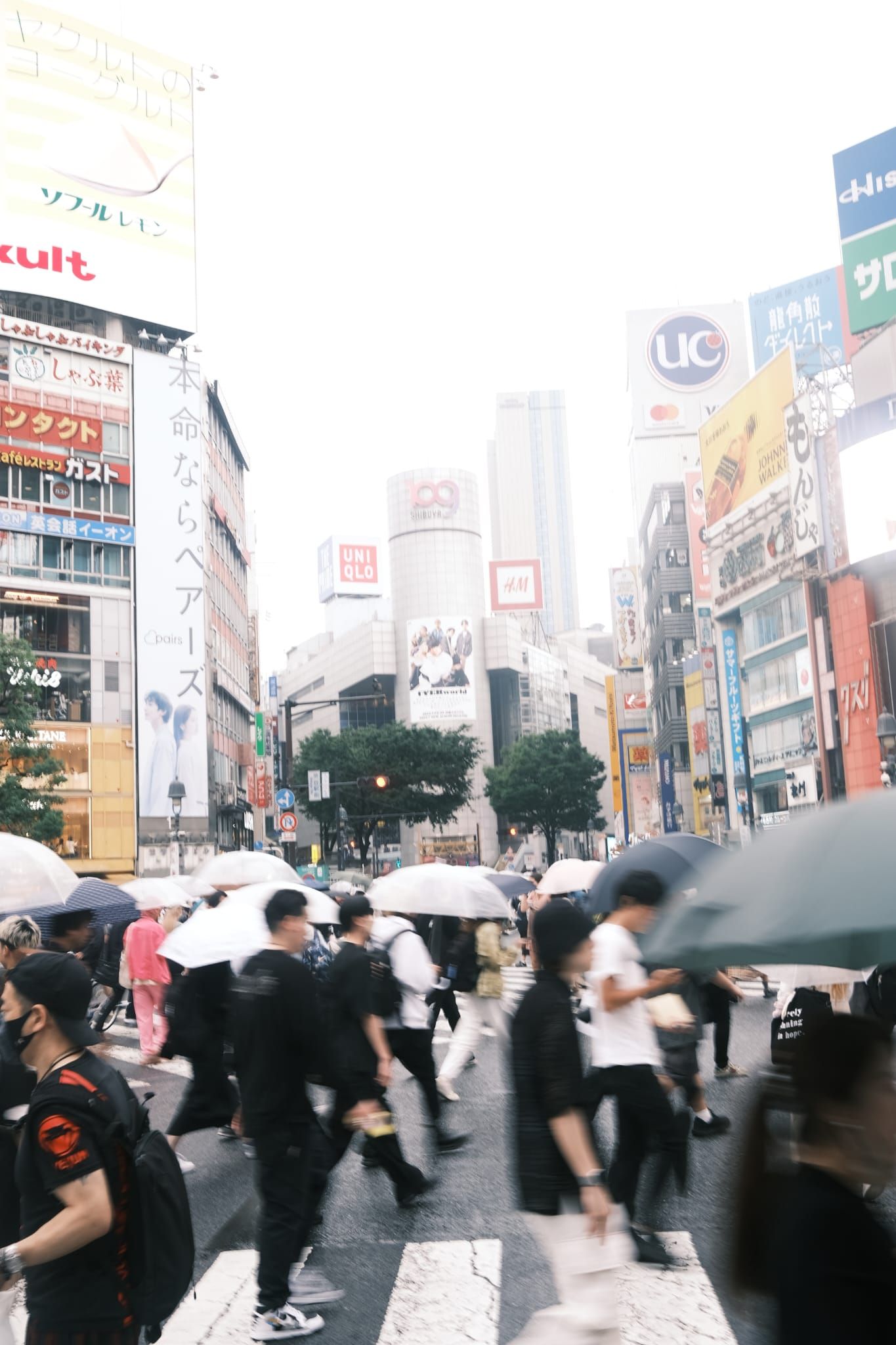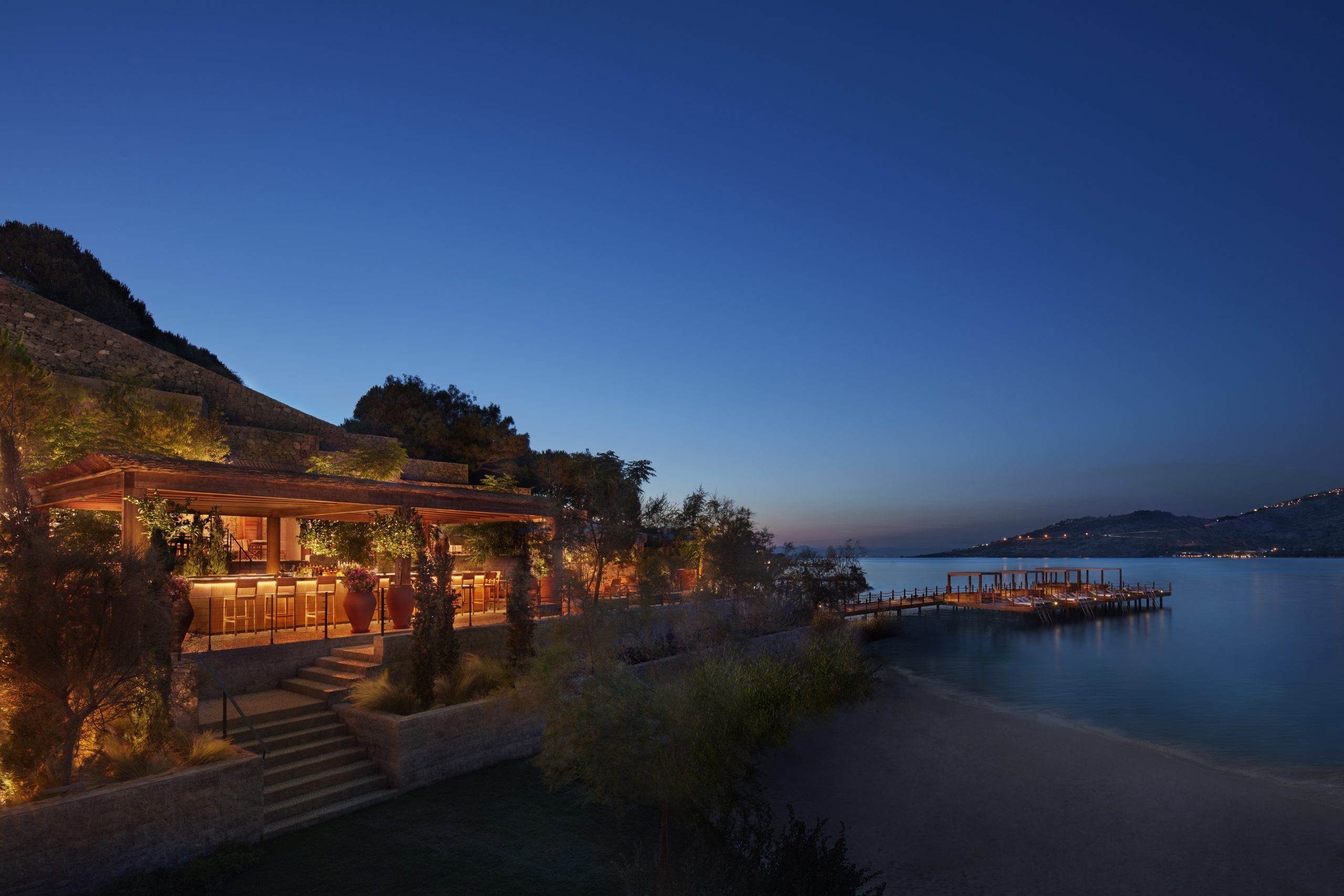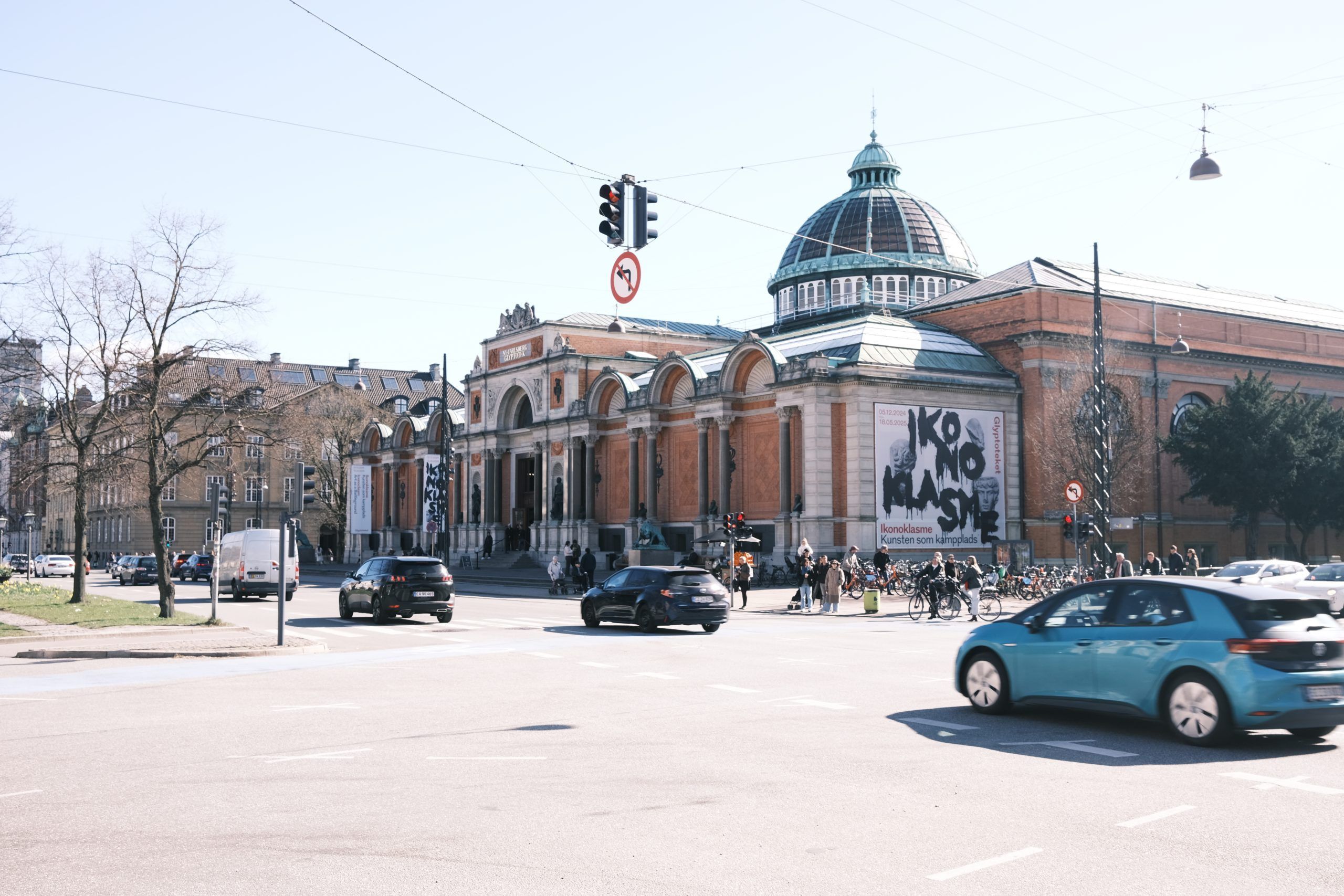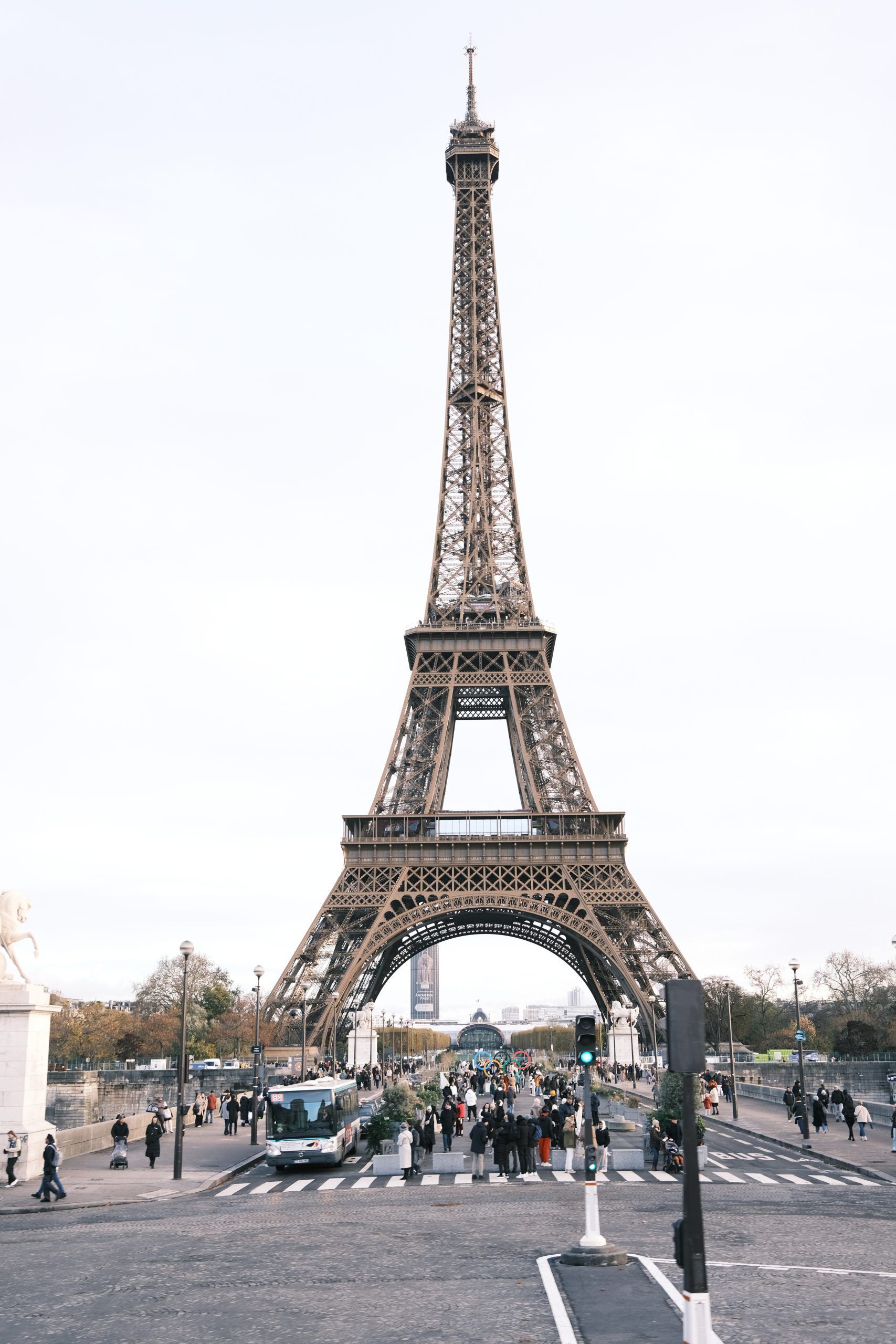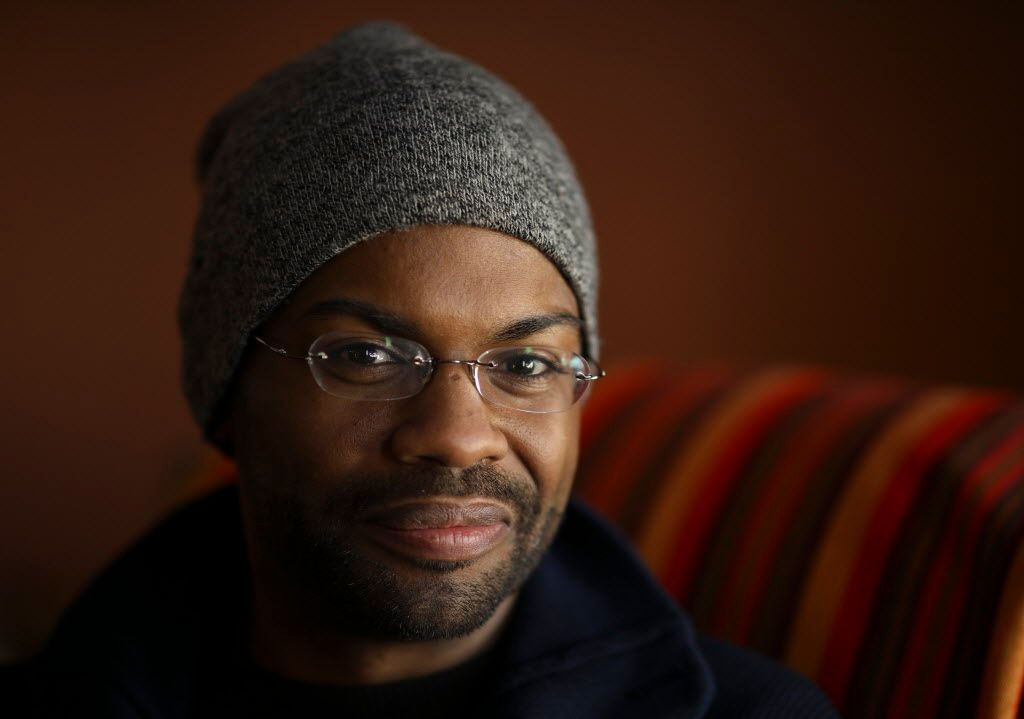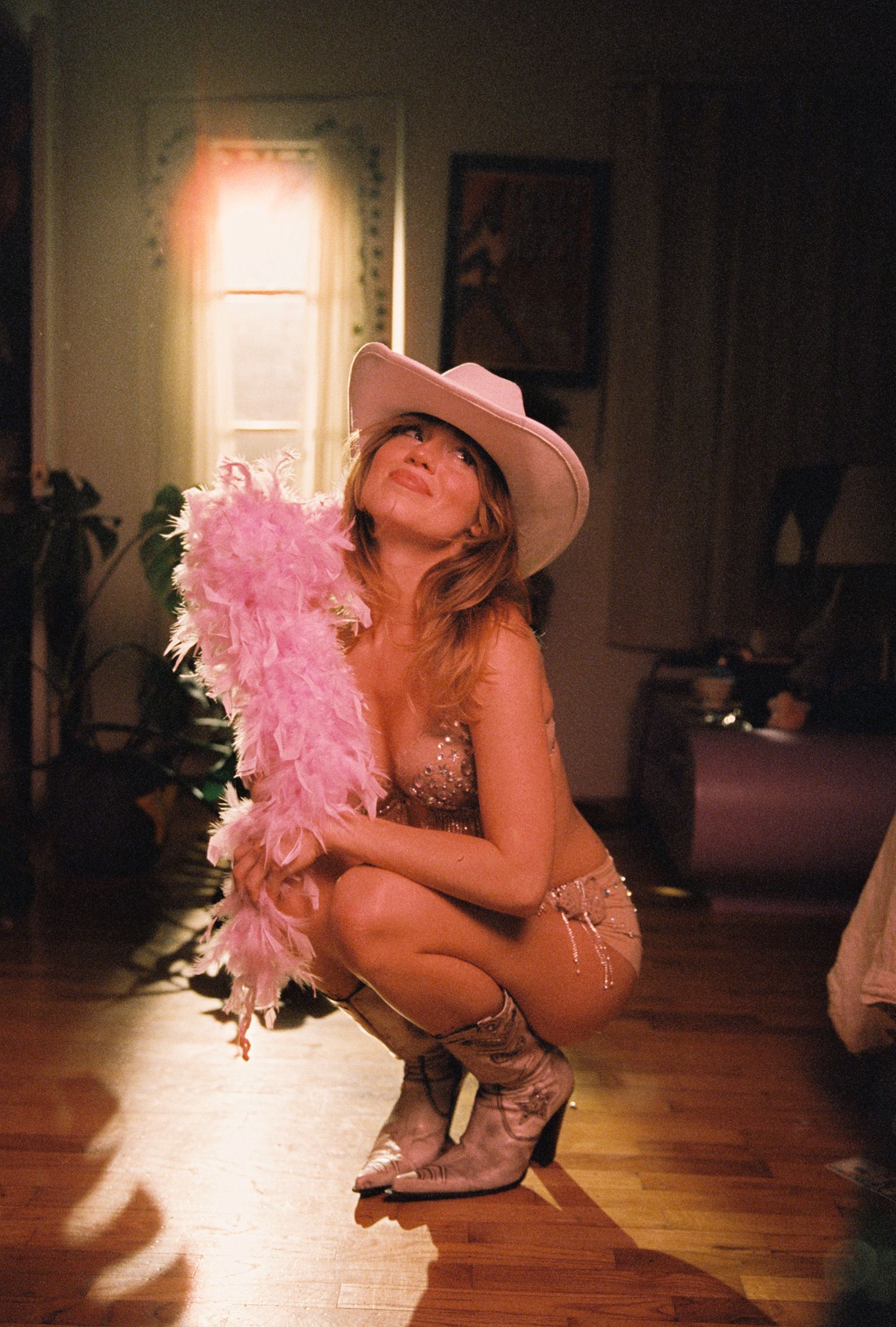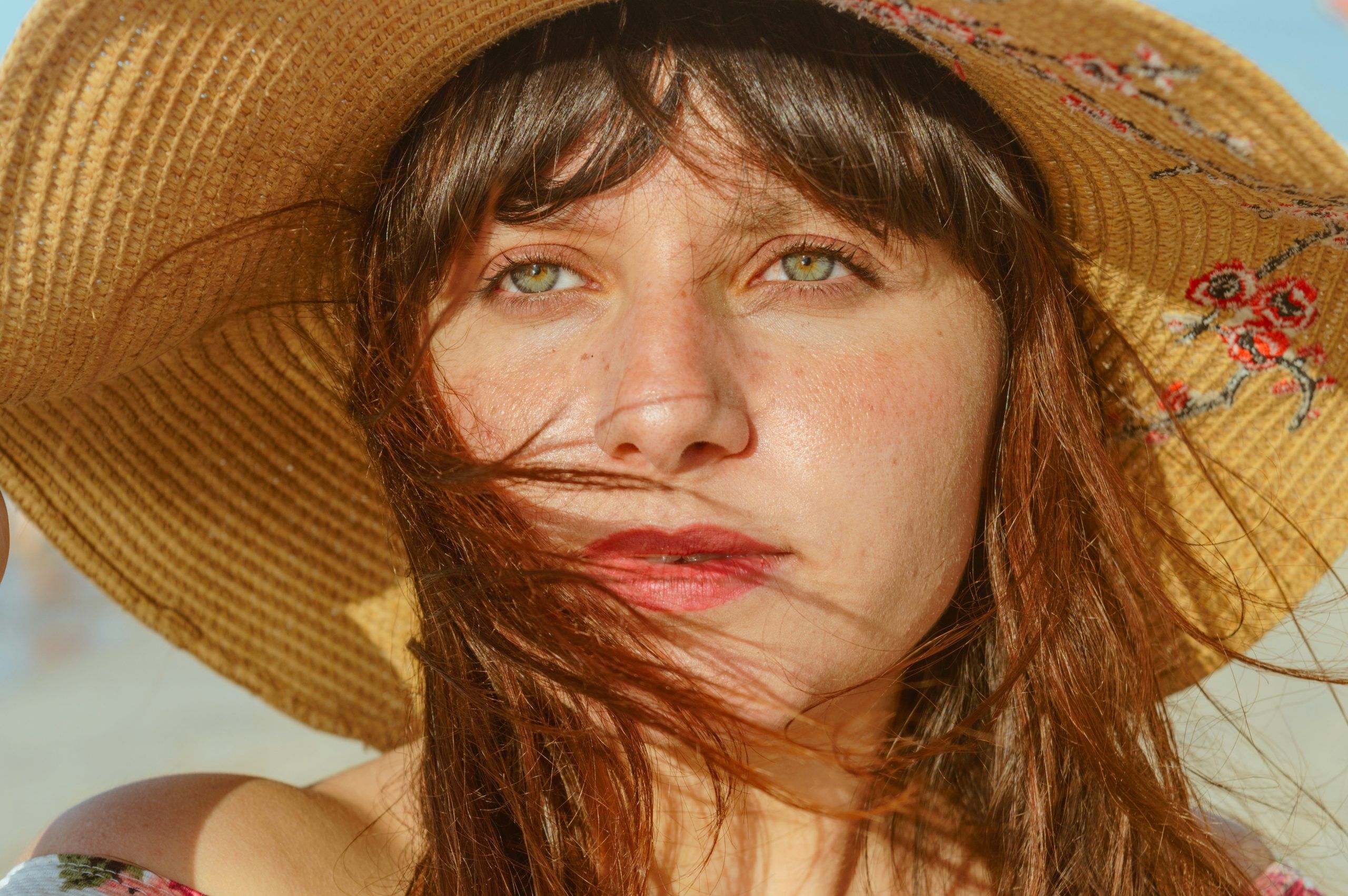Tradition and modernity intertwine in the most extraordinary of ways when you visit Japan.
The travel destination of Japan is a location which is on many bucket lists and rightly so. The East Asian country is known for a beautiful concoction of stunning scenery, deep-rooted traditions that celebrate the island’s rich past, and for its bright neon lights and technological prowess. Rather than having its identity diminished to being known for just one thing, Japan as a tourist destination manages to pull from the past, present and future to create a unique experience and charm which you won’t be able to find anywhere else in the world.
To celebrate Finnair’s 40th anniversary of flying to Japan (Finnair.com), 1883 Magazine’s Cameron Poole joined the renowned airline, bespoke tour company InsideJapan (InsideJapanTours.com), and a group of journalists on a whirlwind tour of the island. Embarking on a five day trip in June where he documented his experience of venturing around the land of the rising sun.
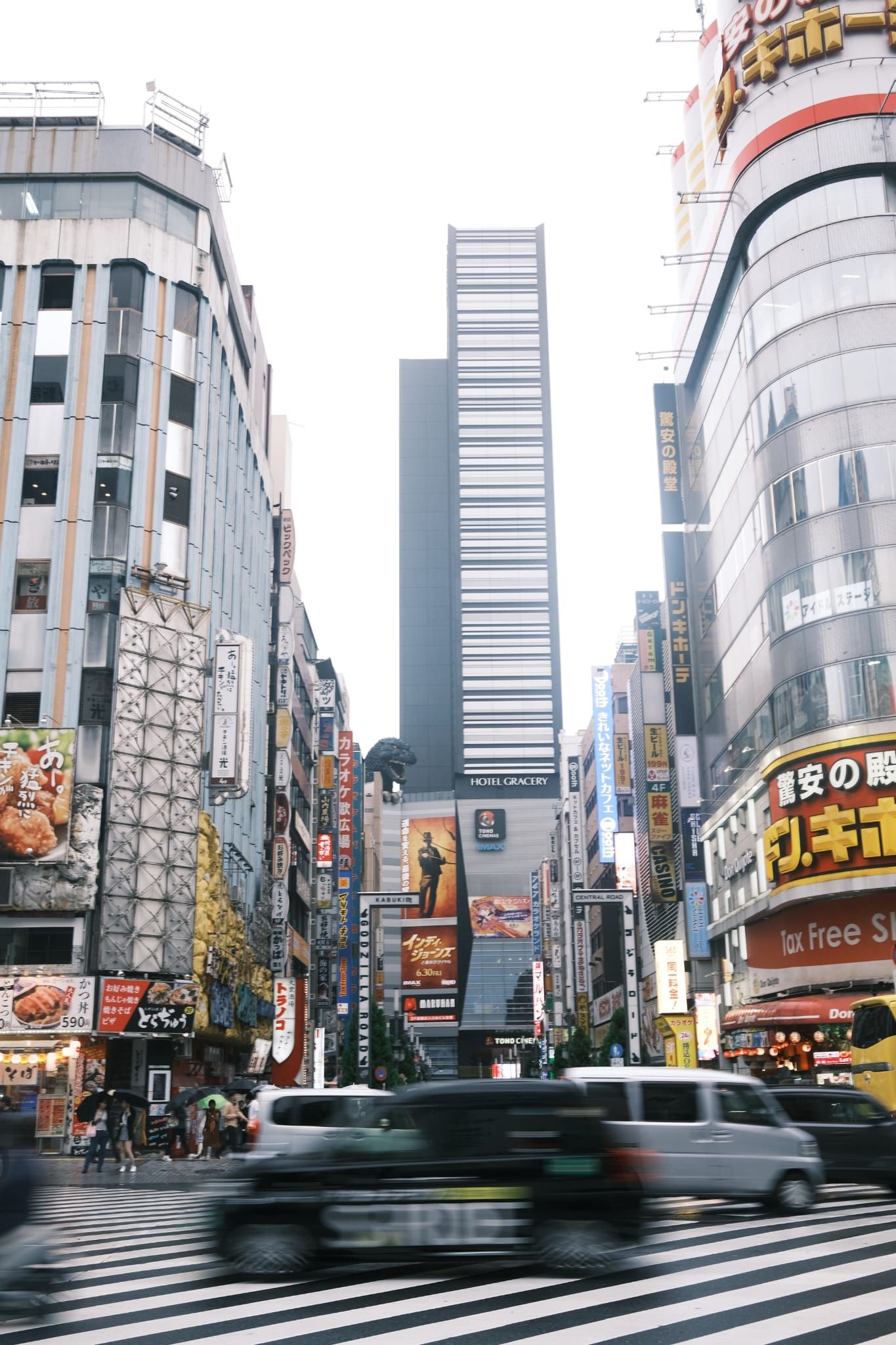
As I made my way to Heathrow Airport on a quiet Wednesday morning in early June, I was in the back of a taxi and thought about how I was unsure of what exactly I was going to make of this trip. Given the fact I’ve never stepped foot in the country and I’ve never travelled to East Asia before. All I could tell for definite is that the excitement I felt about spending the next 120 hours in Japan (not including travel time) was at a feverish level. As myself and the group had to undergo a lengthy flight which departed from Heathrow to a connection in Helsinki then a 12-hour flight to our end destination; Undoubtedly I was very grateful to experience Finnair’s business class for the journey to and from Japan. The airline’s luxurious business class offered us a slice of elegance thanks to its spacious seating cabin that offers a host of benefits such as privacy, a well-equipped TV, a comfortable makeshift bed, and a first class service from the cabin crew. It made the long haul flights a breeze.
We knew from the start that this trip was going to be somewhat of a whistle-stop tour due to our limited time in the country, meaning that we won’t be able to spend much time in each of the four destinations which we would visit on this trip. But we would leave with a clear taster of each location, allowing us an insight into what Japan can offer to tourists. If anything, it offers visitors an incredible amount as I was about to find out over the course of the press trip. After being able to catch-up on some sleep during the flight out, we disembarked the plane into Kansai International Airport, went through security, and took a cab into Osaka.
It was a rainy but intensely humid Thursday afternoon as we weaved through the streets of the city. Interestingly, Osaka is Japan’s second largest industrial area and whilst we drove from the airport, the large factories and steely buildings looked like something that could be ripped out of a sci-fi flick. Also the city itself is fondly known by the nickname of ‘Kansai’s Kitchen’ due to the fact that when it comes to hearty food, Osaka is the place to be if you’re a foodie. With this in mind, before we headed out to feast on some delicacies, we had a quick refresh and tour of the first hotel of the trip, the chic Zentis Osaka, where we stayed for the night. The hotel itself had a warm and friendly atmosphere and the studio room I was put up in was a welcomed sight after a long journey.
After taking a little bit of time to collect myself and freshen up, the group headed off into the evening to find out if Osaka truly deserves its nickname. So what better way to investigate this by going on a walking tour of Osaka. For this rambling tour, we made our way to a neighbourhood called Dōtonbori. The home to a large shopping arcade, a canal, and a plethora of side streets with different restaurants and bars to pick from. The atmosphere was riveting and from the get-go I was under the impression that the Japanese love a photo opportunity but who doesn’t though.
Even under the drizzly conditions we found ourselves in, locals and tourists were taking photos on the Ebisubashi bridge in front of the Gilco Running Man sign. A large sign which depicts the athlete sprinting, you may think the mascot is in relation to a sports company but funnily enough Gilco is a confectionary and food company. This specific character was invented to promote a caramel sweet which the company invented back in 1922. This particular sweet was said to give the consumer enough energy to run 300 meters, thus why this particular Osaka landmark exists!
With our umbrellas in hand, we quickly moved onto the side streets to get some much needed food. We stopped at a restaurant and bar called Okonomiyaki Dan. It was a small and intimate spot which is open from 5pm till 4am. It was the type of space which was hidden away from the traditional tourist trap eateries and was filled with locals. The restaurant would serve up a mix of traditional foods such as noodles mixed with seafood or okonomiyaki, a savoury type of pancake. They would bring it over to your table and place it on the hob in the center of the table, allowing it to be cooked in front of you. We tried the glorious Ika Yakisoba, stir-fry noodles with squid. After devouring a few dishes, we left the area and ventured down some more side streets to soak up the atmosphere. Streets filled with Buddhist shrines, more places to eat, and even Sakai bars.
By the end of the night, even with the temperamental weather, it was quite a sight to see the neon lights stretching along both sides of the Dōtonbori canal and seeing the lights shimmer against the water. With this small taster of the city finished, we headed back to the Zentis Osaka to get some sleep before the next day’s journey.
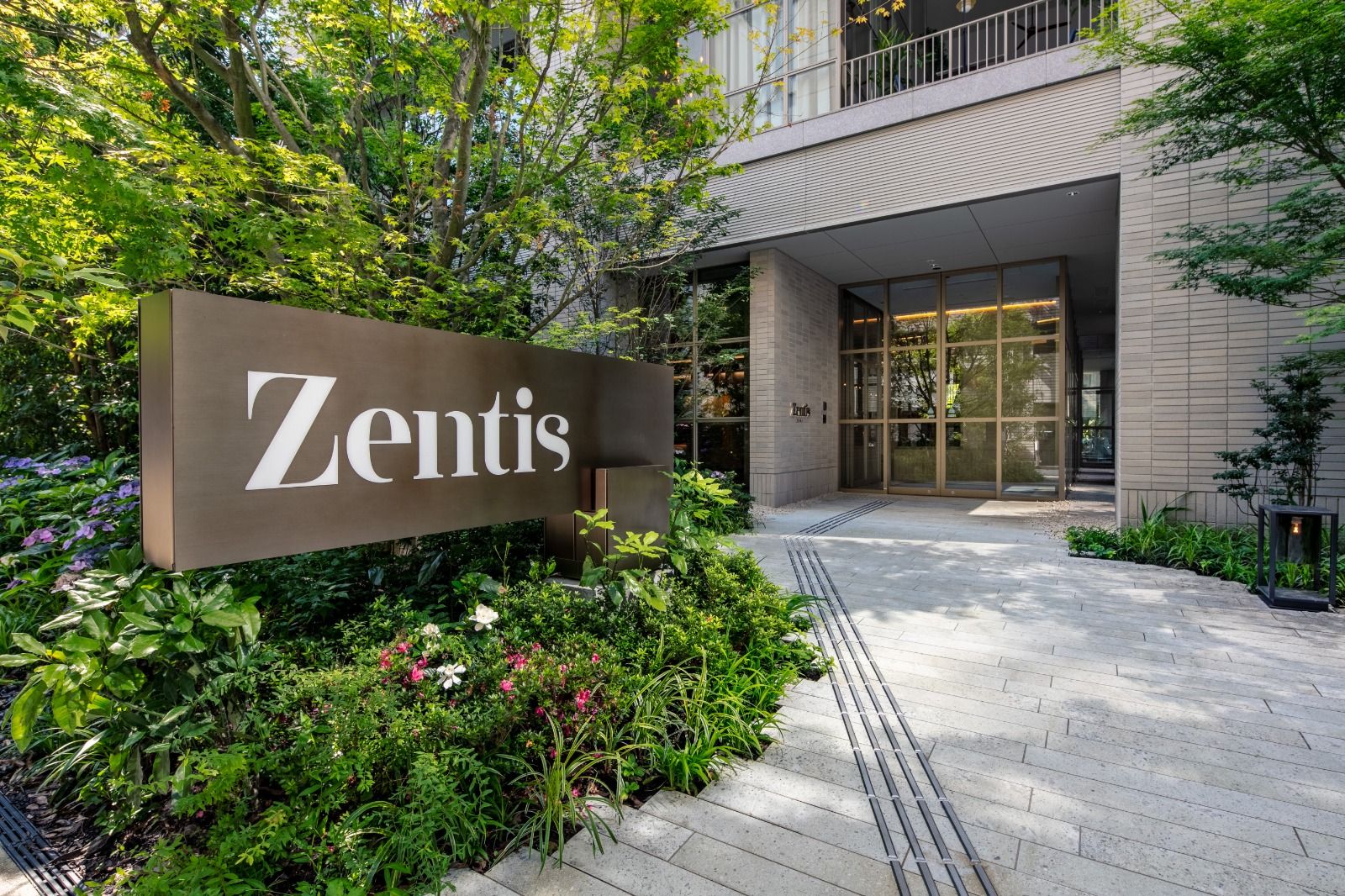
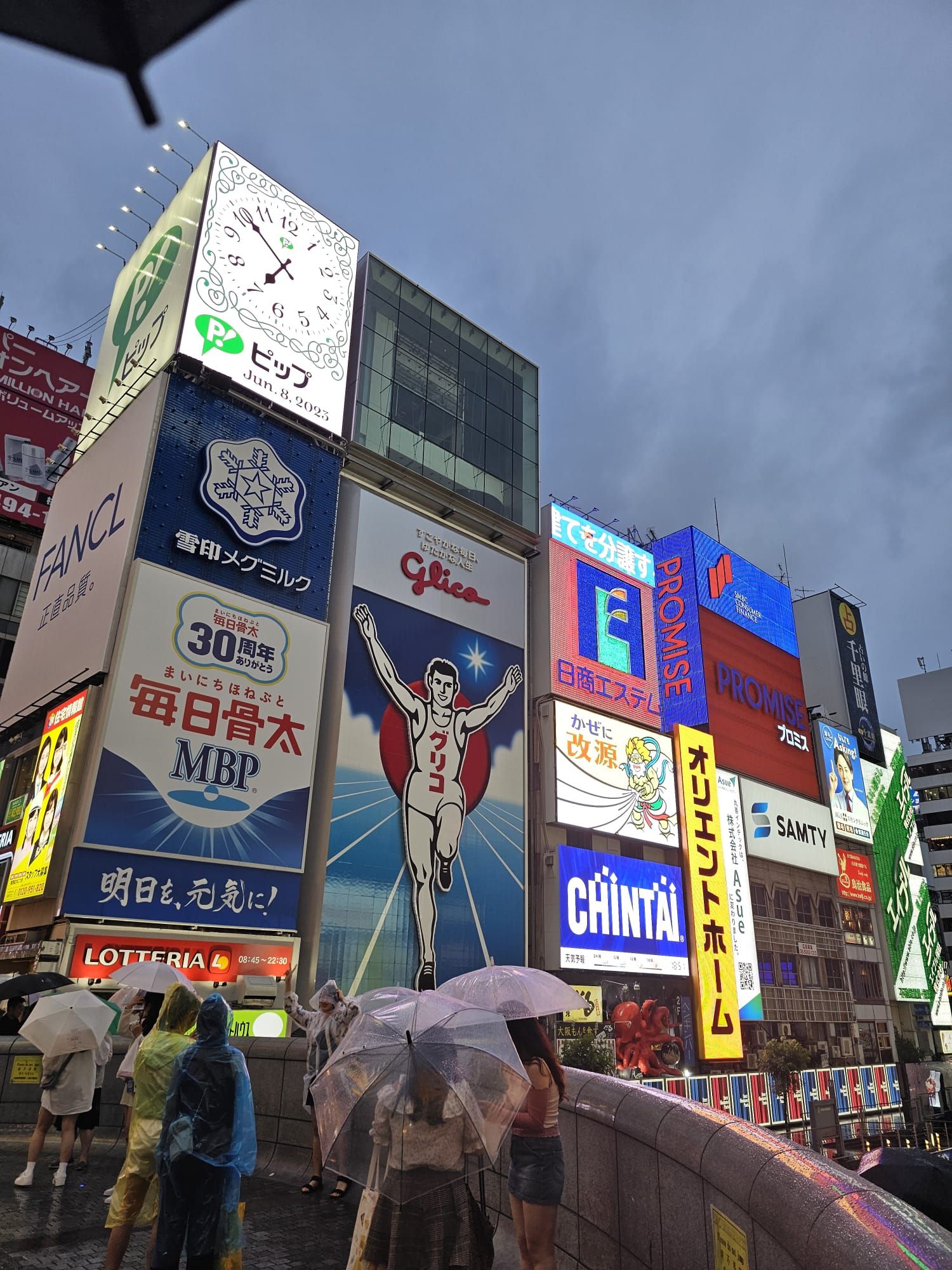
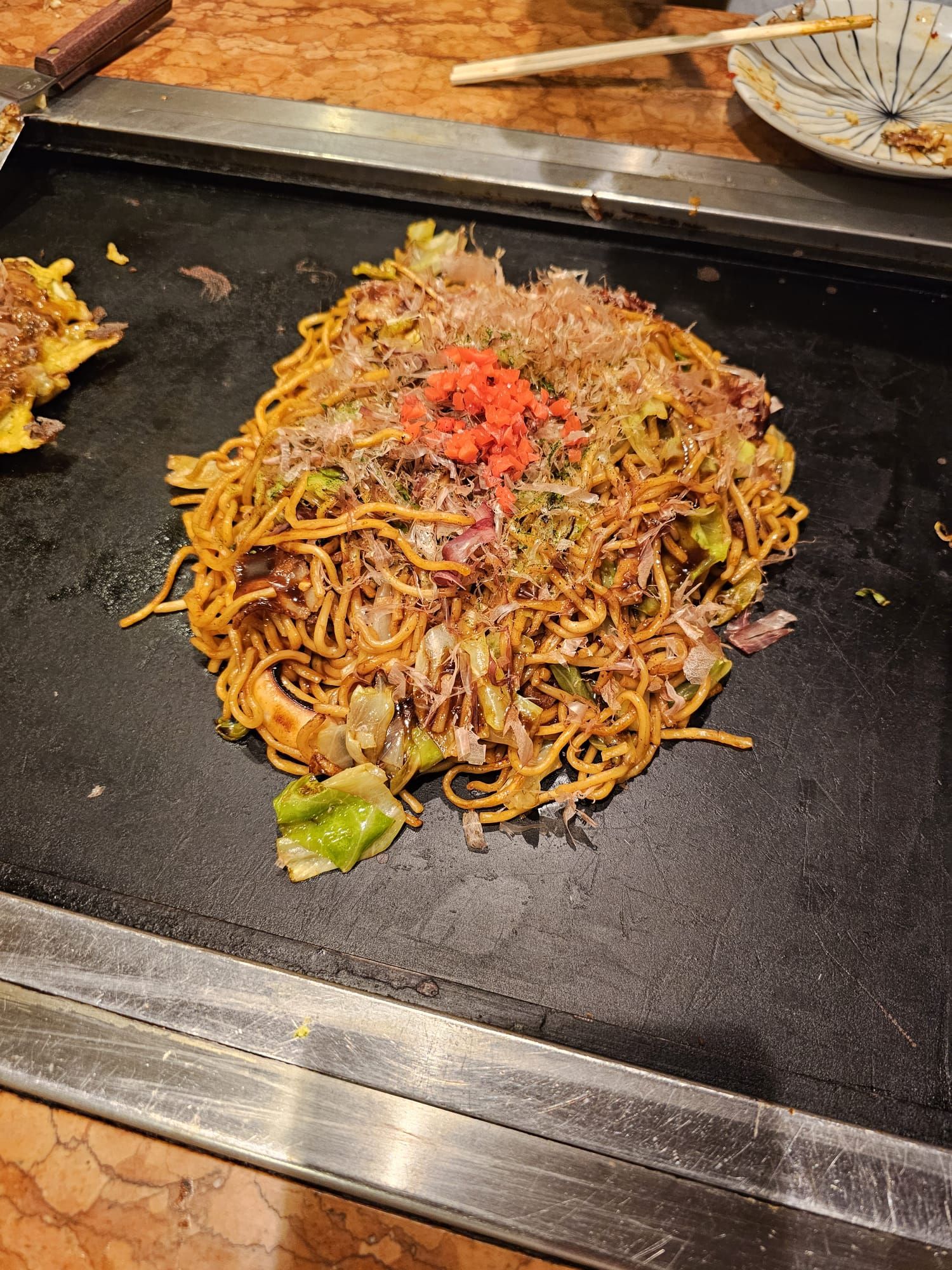
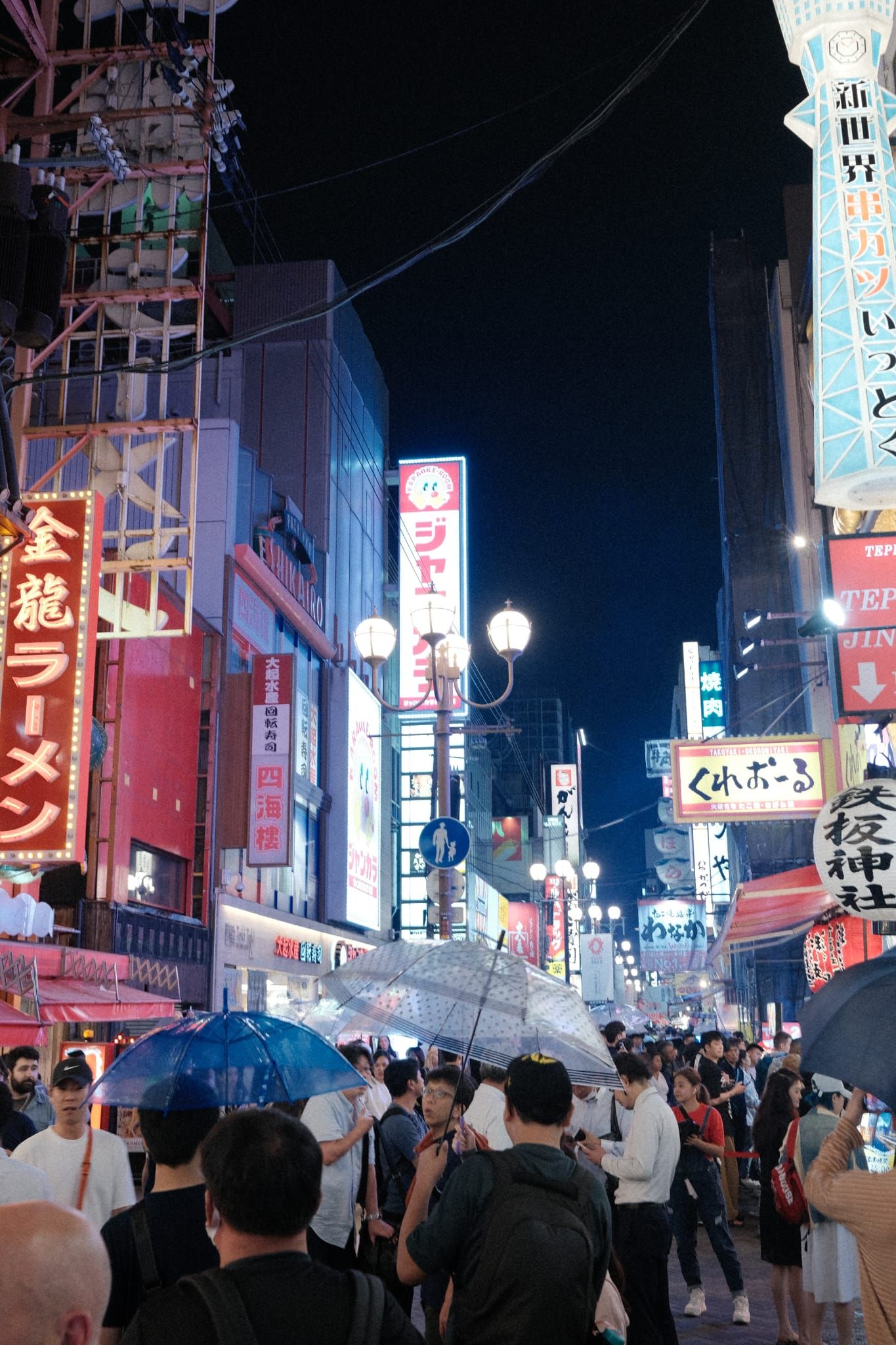
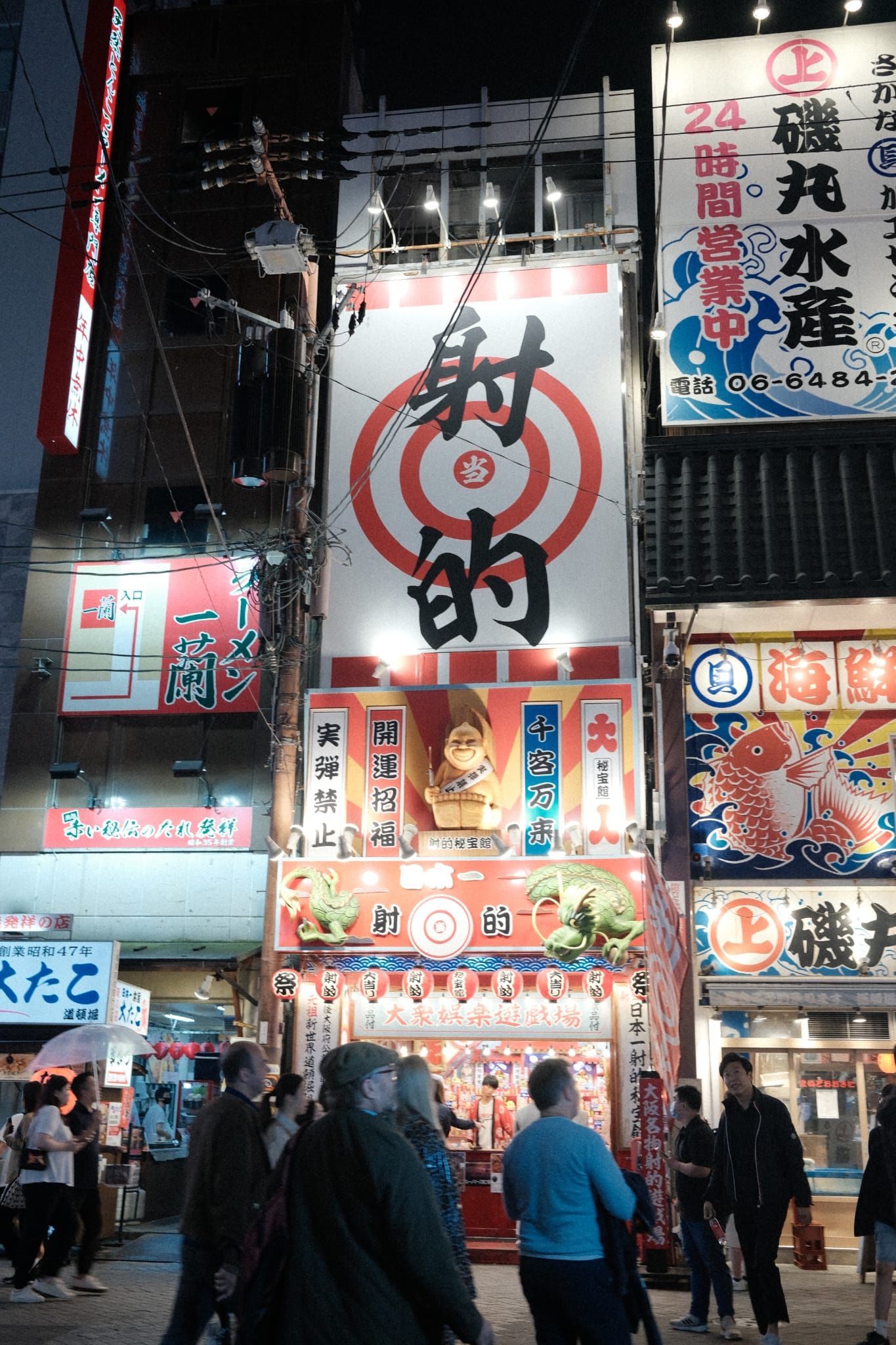
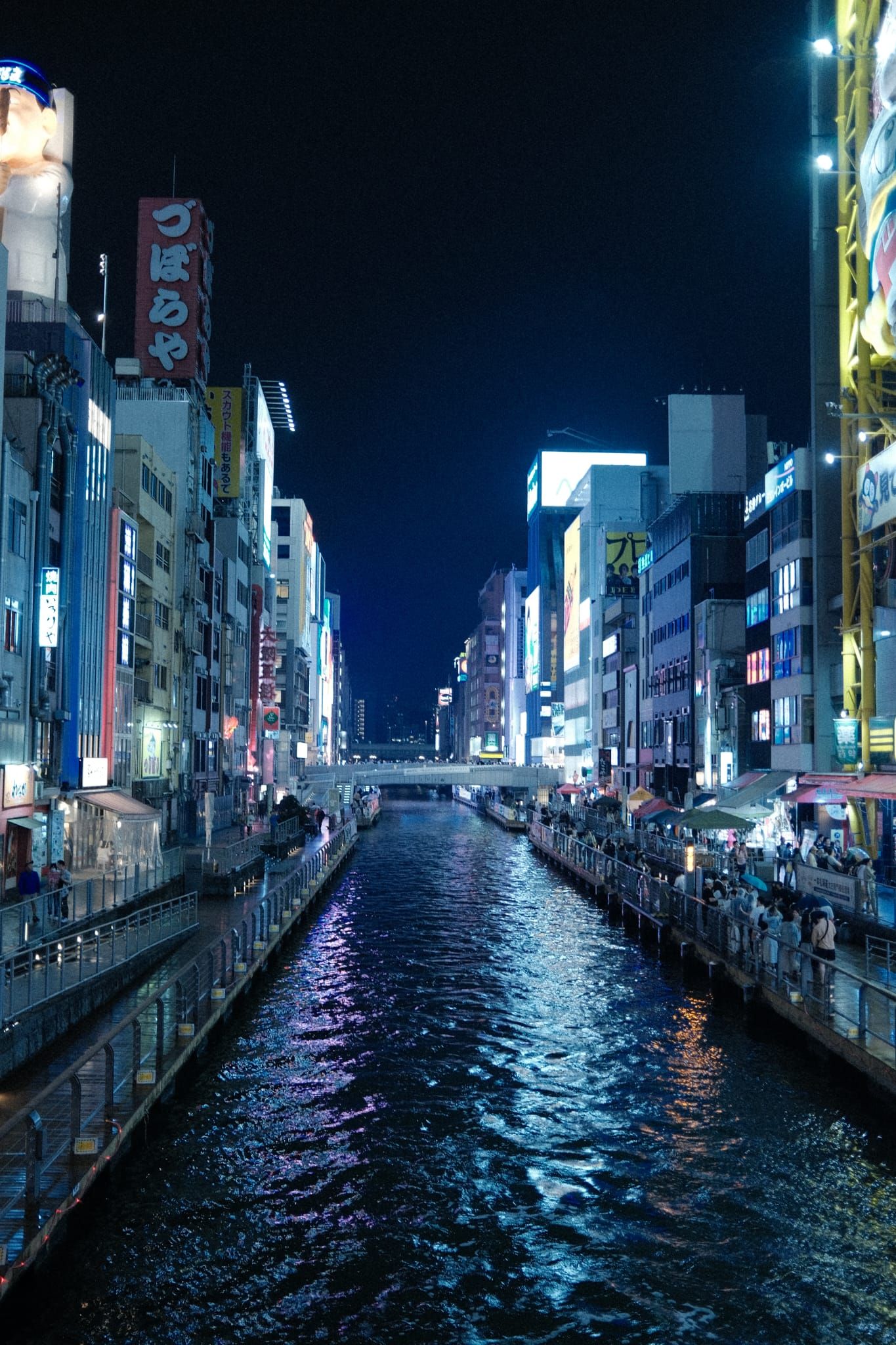
As mentioned in the introduction of this article, Japan manages to tread a fine line between honouring its past whilst also looking at the present and future. If Osaka is a shining example of a modern Japanese city, then the small town of Kinosaki Onsen is a gorgeous example of Japan honouring its longstanding traditions. The remarkable town was our next destination and we took a direct three hour train from Osaka station to the town’s station. Located in northern Hyogo, Kinosaki Onsen is a breathtaking town surrounded by mountain valleys and it is famous amongst the Japanese for its seven natural hot spring baths (called Onsens), Ryokan inns, and the Onsenji temple. Particularly since the 1950s the town has become popular as a sort of health resort, you’ll often find a wide range of Japanese visitors wondering around the quaint town.
As part of our itinerary, we were lucky enough to be staying at one of the best Ryokan Inns the town has to offer, the Nishimuraya Honkan. A Ryokan is a traditional guest house with only a select amount of rooms for guests, they cook meals for you, makeup your room, and you can enjoy the inn’s beauty. The interior of a Ryokan inn will make you feel like you’re stepping back in time and I mean that in the best possible way, thanks to its rustic and traditional Japanese furnishings. The Nishimuraya Honkan’s cosy and distinguishable design combined with the decor of your tatami-matted guest room and the inn’s garden was nothing short of mesmerising. When you conjure up images of what a quintessential Japanese experience is, staying at a Ryokan Inn is most definitely one of them. If you are visiting Japan for the first time, you must make a trip to Kinosaki Onsen to stay at the Nishimuraya Honkan.
There’s a level of respect and a whole host of rules that come with staying at a Ryokan and understandably so. When you enter a Ryokan as a sign of respect you must take off your shoes and leave them at the front entrance, from there you’ll be given sandals to wear when walking around the establishment. If you’re going to visit one of the onsens, you can also obtain traditional robes from your room to wear. These are just a couple of the rules that I learned from first stepping into the Nishimuraya Honkan. After dropping our luggage and being shown our rooms, we headed straight back out to walk through the town and headed towards Sanpo Nishimuraya for lunch.
Once the group had polished off a delicious meal from Sanpo Nishimuraya, we all walked towards the Kinosaki Onsen rope way to take a cable car ride to the top of the mountain for a breathtaking view of the town, the vast mountains, and the Maruyama river. Half way down the mountain, we stopped off at the fascinating Onsenji Temple. According to the local legend, this Buddhist temple was first opened by the Buddhist Priest Dōchi Shōnin in 738 AD, the founder of the town. This particular temple contains two separate areas, a room called Jibutsudo and the main building, Hondo. In the Jibutsudo, there is a statue of Juichimen-Senjyu-Kanzeonbosatsu, the Buddha with eleven faces and 1,000 hands. Amazingly, it’s a 1,200 year old statue and people will come pray for prosperity, give thanks for the town’s hot springs, and other things.
Being able to walk into the Hondo was a surreal feeling. Although we weren’t allowed to take photos due to it being a place of religious importance, the large room was adorned with jewels, statues, and different shrines to pray at. The centrepiece of the Hondo was a shrine with a large wooden closed cabinet surrounded by 900-year-old Guardian Buddhas that protect it. Within the closed cabinet contains a hidden Kannon Buddha called Juichimen Kanzeon Bosatsu. The eleven-faced goddess of compassion and mercy. According to the monk, the statue is over two meters tall and 1,300 years-old. The cabinet is only fully displayed every thirty-three years for a three year period. So if you want to see it in person you’ll next be able to from April 2051 until April 2054. When you’re stood in a place like that surrounded by such history, you’ll quickly notice how peaceful it was. I left the temple, heading down the mountain’s stoney pathway, and felt such awe.
Returning to the Nishimuraya Honkan, we all took a trip back to our rooms to prepare ourselves to experience the main event of the day, the town’s renowned hot springs. Why is this longstanding tradition still kept up across the Japan? Well, in Kinosaki Onsen’s case, the minerals found within the springs (sodium, calcium and chloride) apparently help aid digestive problems, nerves & muscle pain, bruising, and fatigue. Most importantly, hot spring bathing is seen as a communal activity in Japan, it’s one that promotes cleanliness, enjoyment of the natural springs, and Hadaka no tsukiai. The phrase essentially translates to ‘naked friendships’. Yes, what you are now thinking is correct. During all hot spring baths, you bathe naked. It’s so every person who takes part is on the same level no matter what status you hold in life.
Naively, I explained to Michael from Finnair and James & Richard from InsideJapan (three absolute gents that were not just great company but very informative and helpful throughout the whole trip) that I had brought my swimming trunks along for the evening’s bathing. The whole group was then reminded that you won’t be needing any swimwear. Like a caveman discovering fire for the first time, I was bewildered, anxious and a little bit afraid of the prospect. Particularly because I had only just met the lovely group of journalists,Michael, James & Richard, two days prior. Understandably the whole group were a tad apprehensive but that didn’t stop anyone trying it out. When in Japan, right?
After putting on some traditional attire, the group took a stroll down towards one of the seven hot springs, the Goshonoyu Onsen. Once we entered the onsen, we left our shoes at the reception lockers and headed into the changing rooms. Men and women are segregated during this whole experience, so after getting undressed and armed with only a modesty towel, I took one last anxious breath and headed outside to the men’s hot spring bath. Entering the area, you can see the large pool surrounded by stunning forestry where the hot spring’s extremely warm water would trick down. Before you can enter the pool, you shower yourself down for cleanliness and then from there you can head in. As soon as you dip a toe in and then submerge your body, you can feel the heat. Most onsens will range from 39℃ to 42℃ temperature wise, so after spending a few minutes within the pool, you’ll be feeling it.
Although I may have been slightly anxious about it, as soon as you immerse yourself in the experience, any anxious thoughts fade away. I was slightly worried that my tattoos may cause offence as traditionally in Japan they are associated with the yakuza but thankfully this particular onsen was fine with people having them. In some onsens, you’ll be kindly asked to cover them up with water proof patch before you can use their facilities. Either way, once you truly immerse yourself in the experience, you’re able to reconnect with your body, calm your mind, and simply enjoy the reenergising communal moment. Undoubtedly, this was one of my favourite experiences from the whole trip and if you plan to visit Japan then I implore you to take part in this well-regarded Japanese tradition.
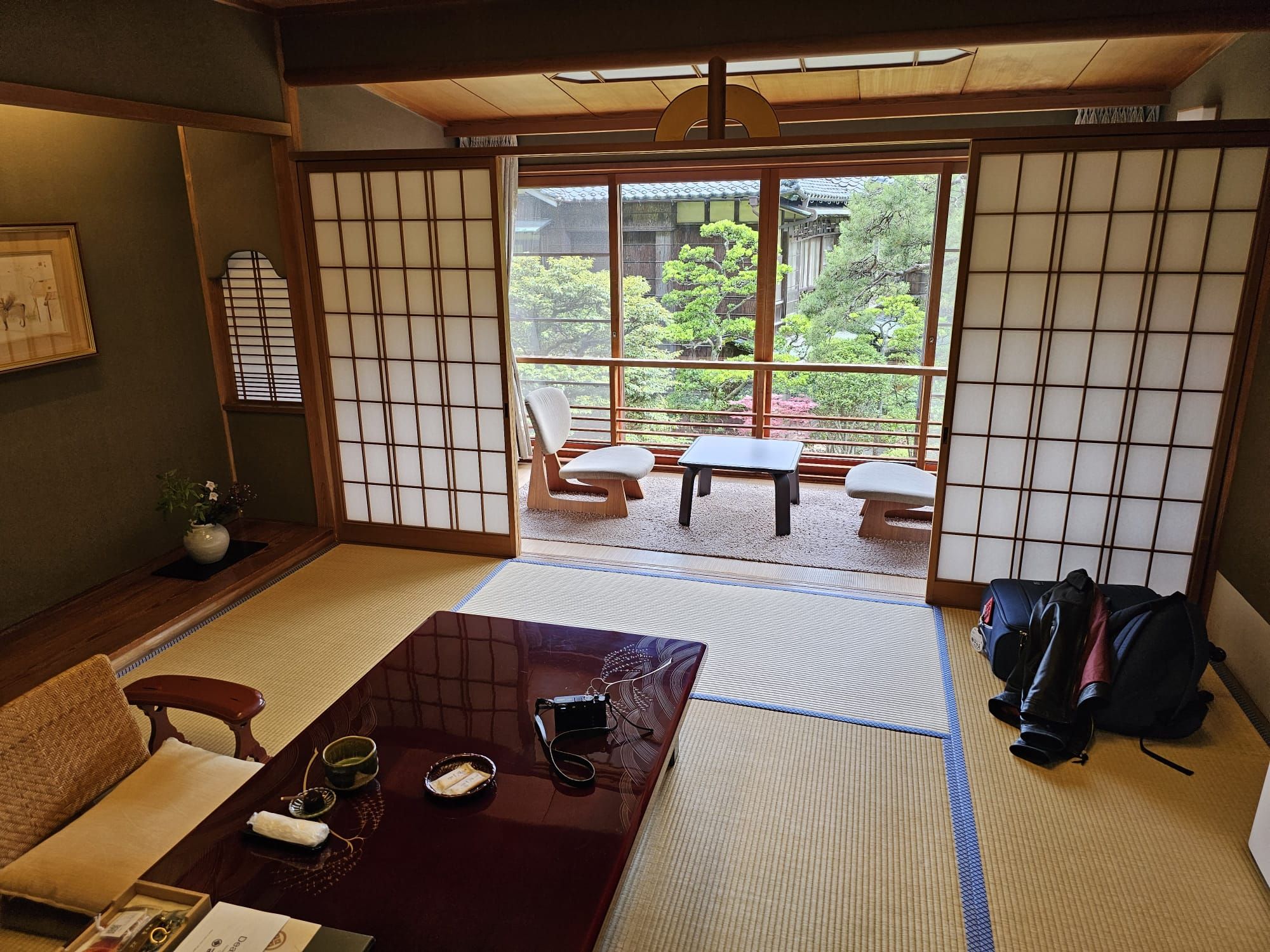
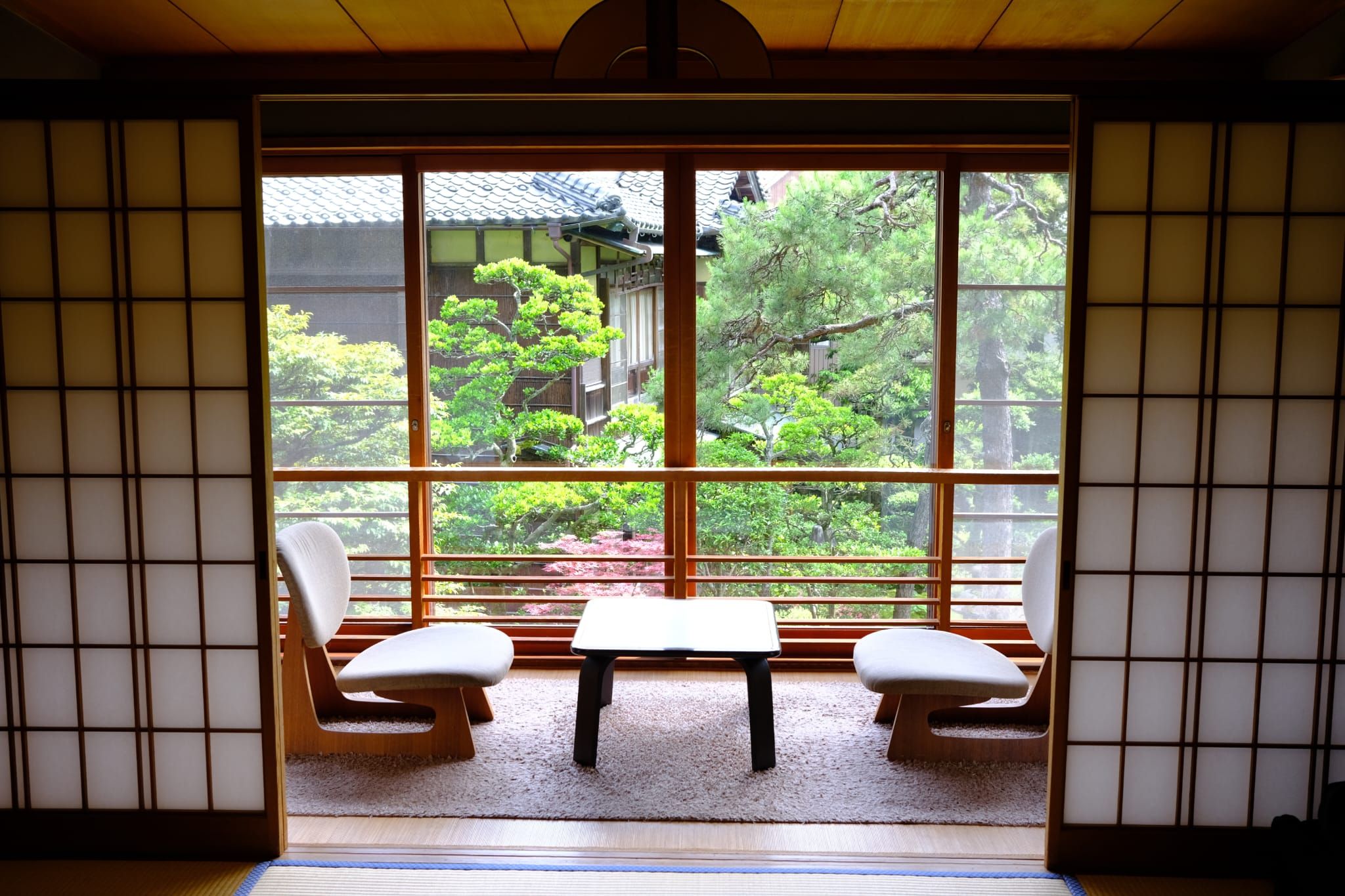

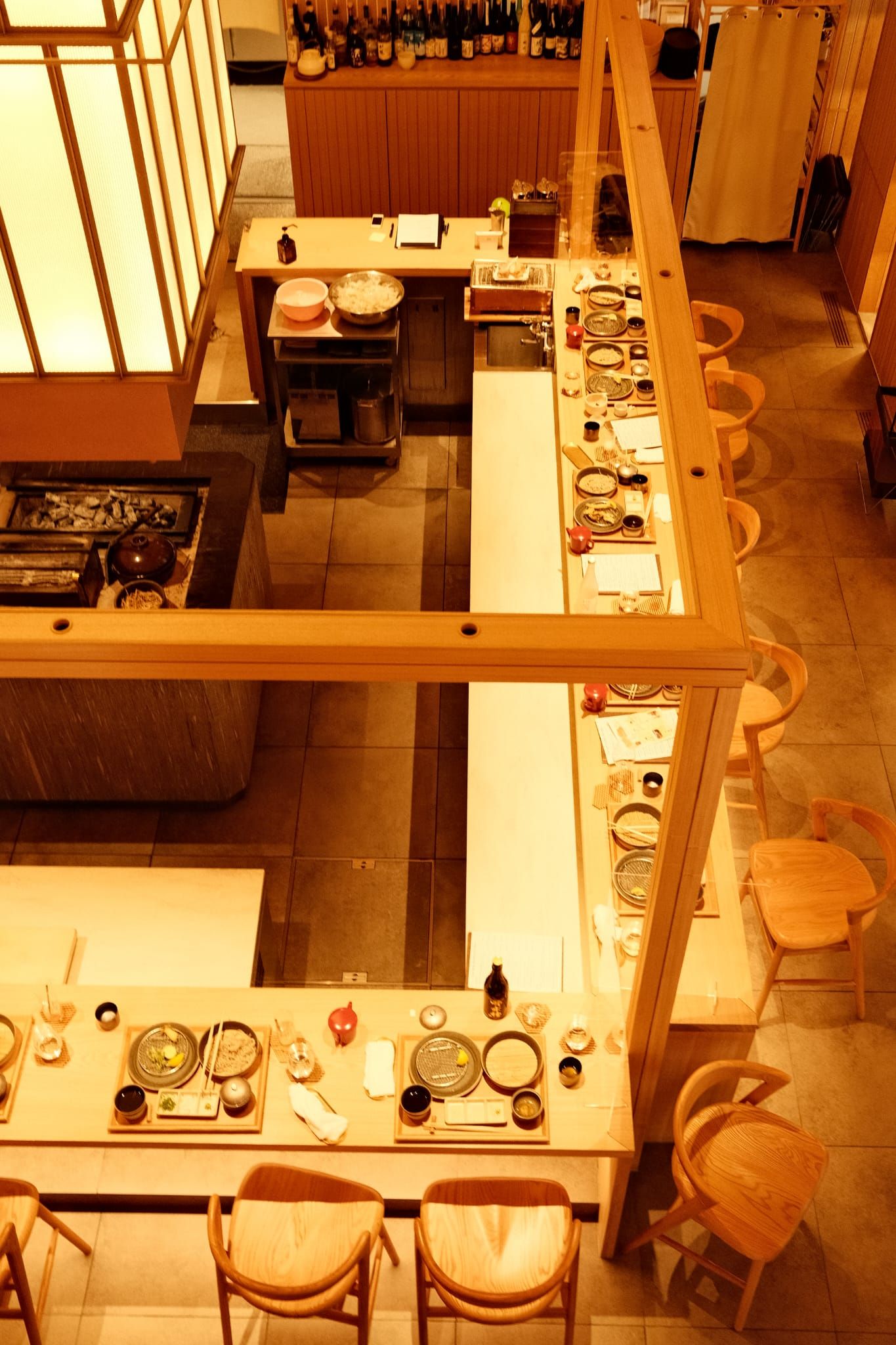
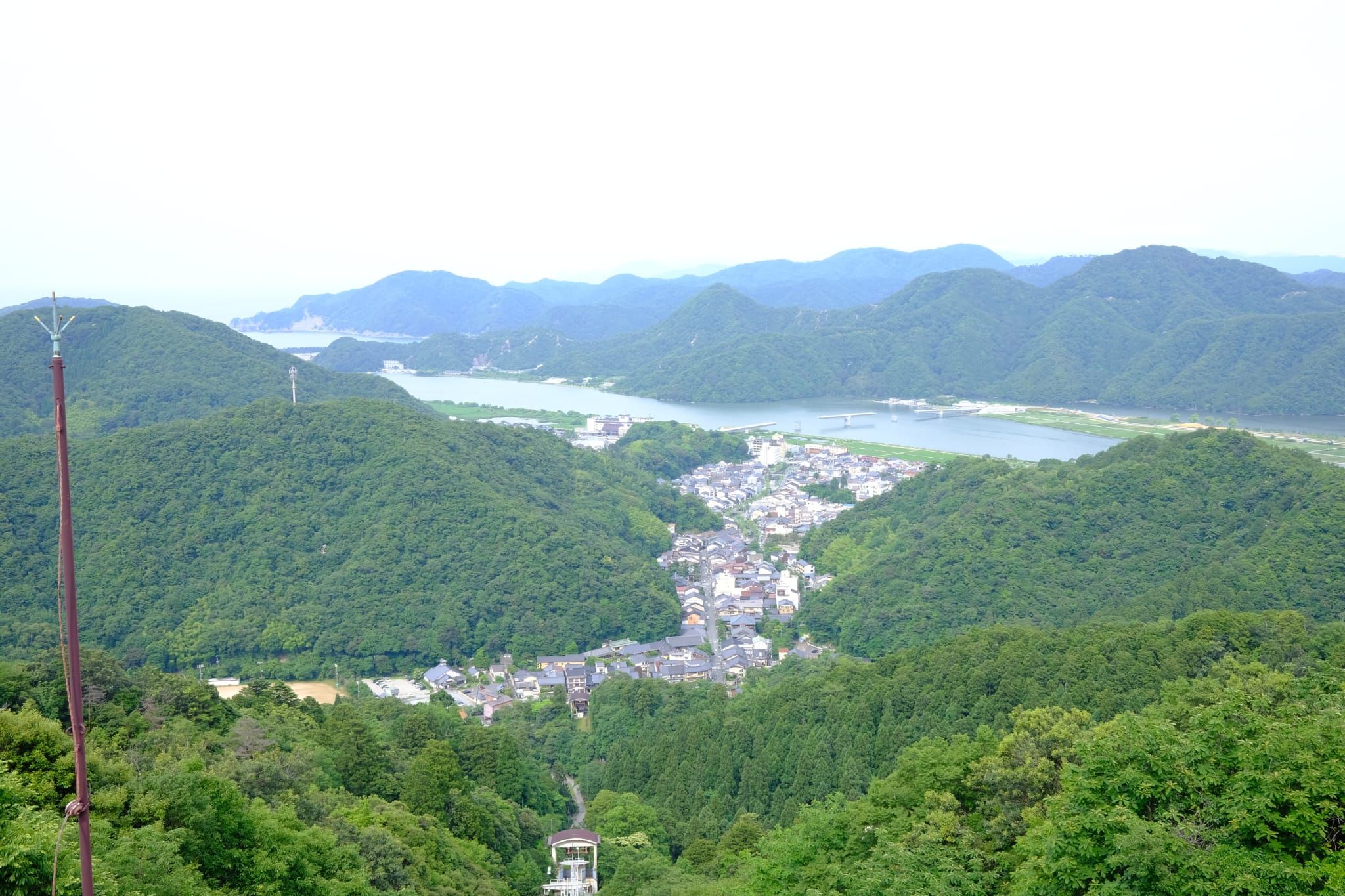
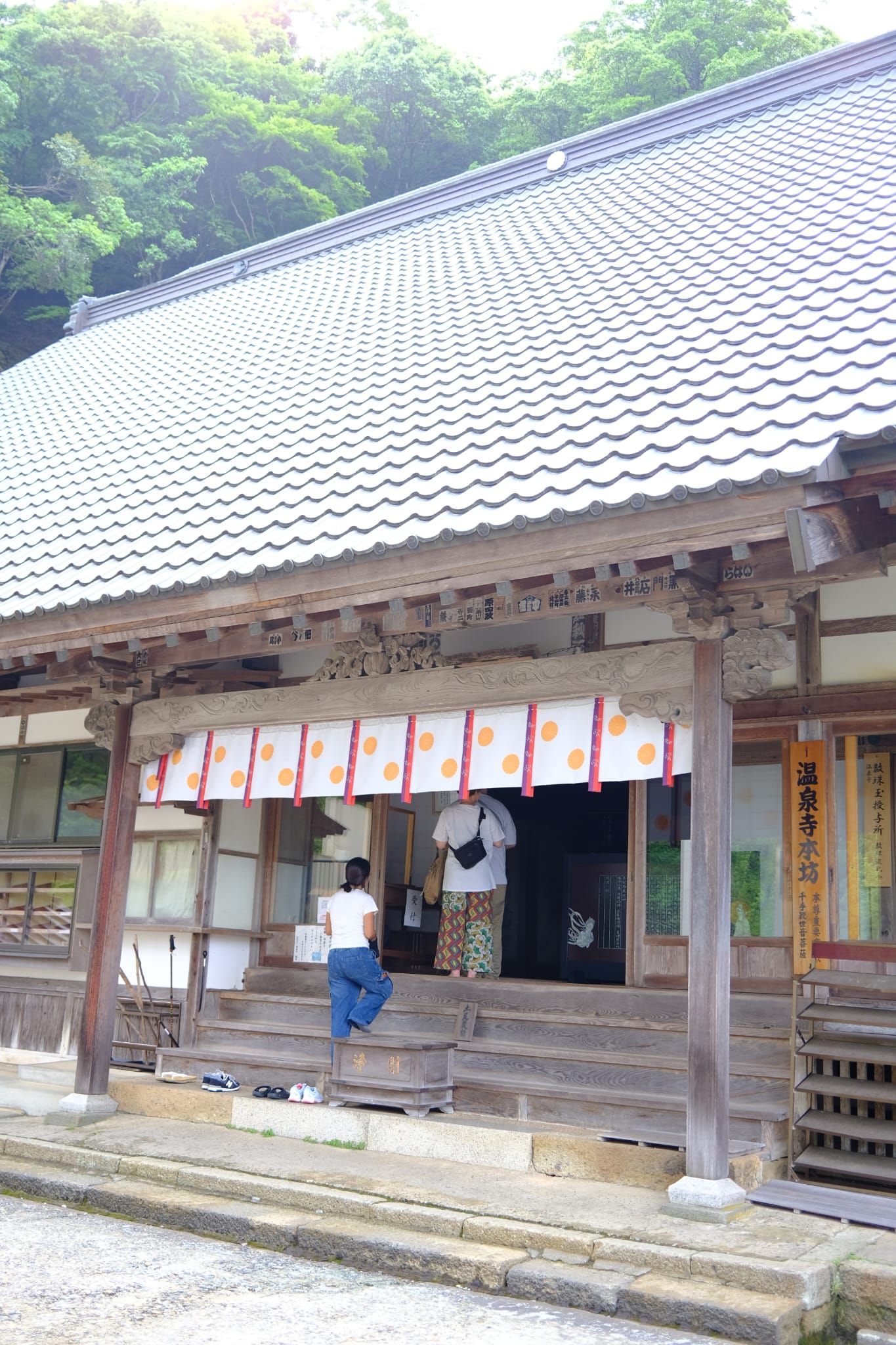

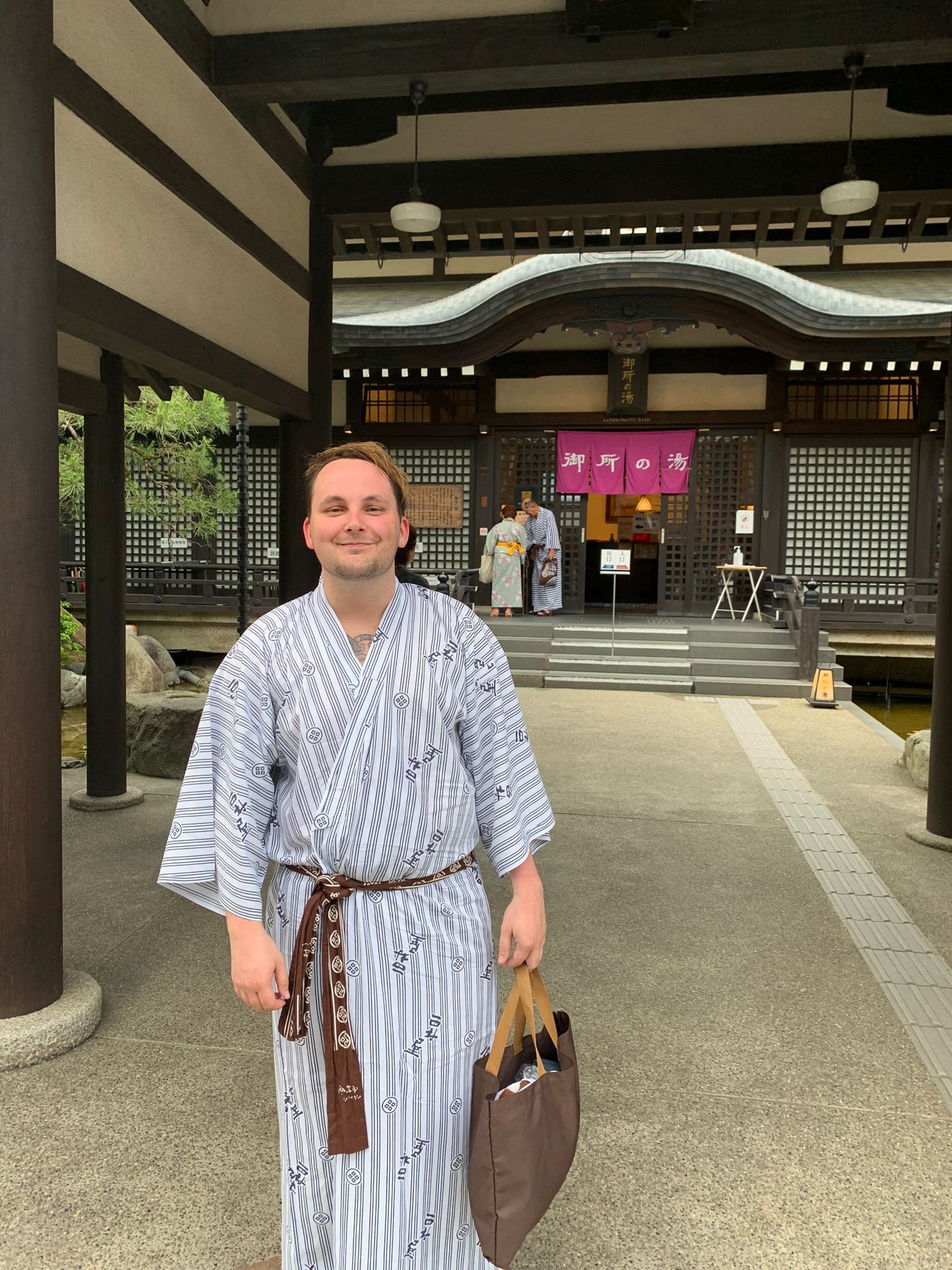
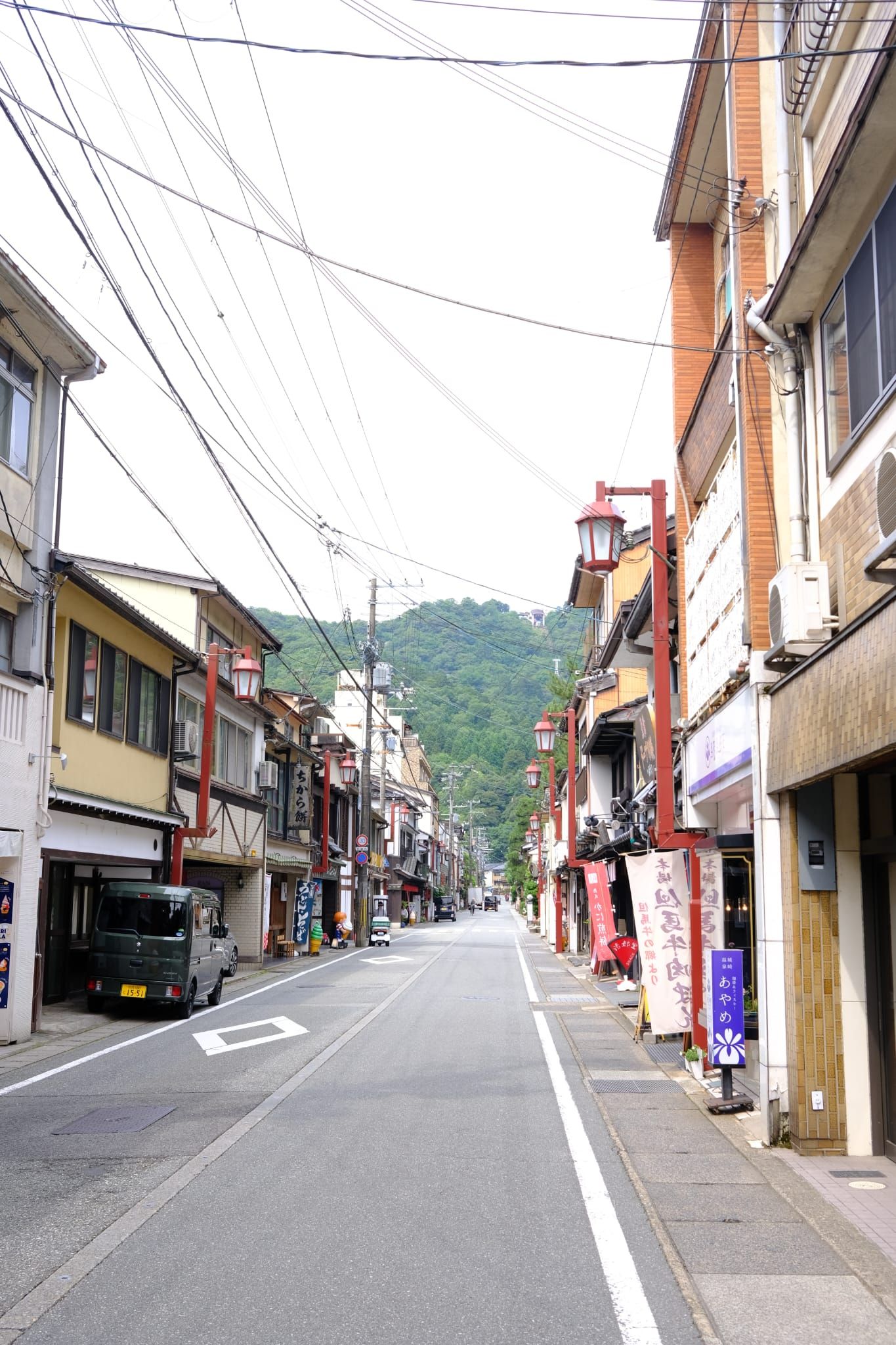
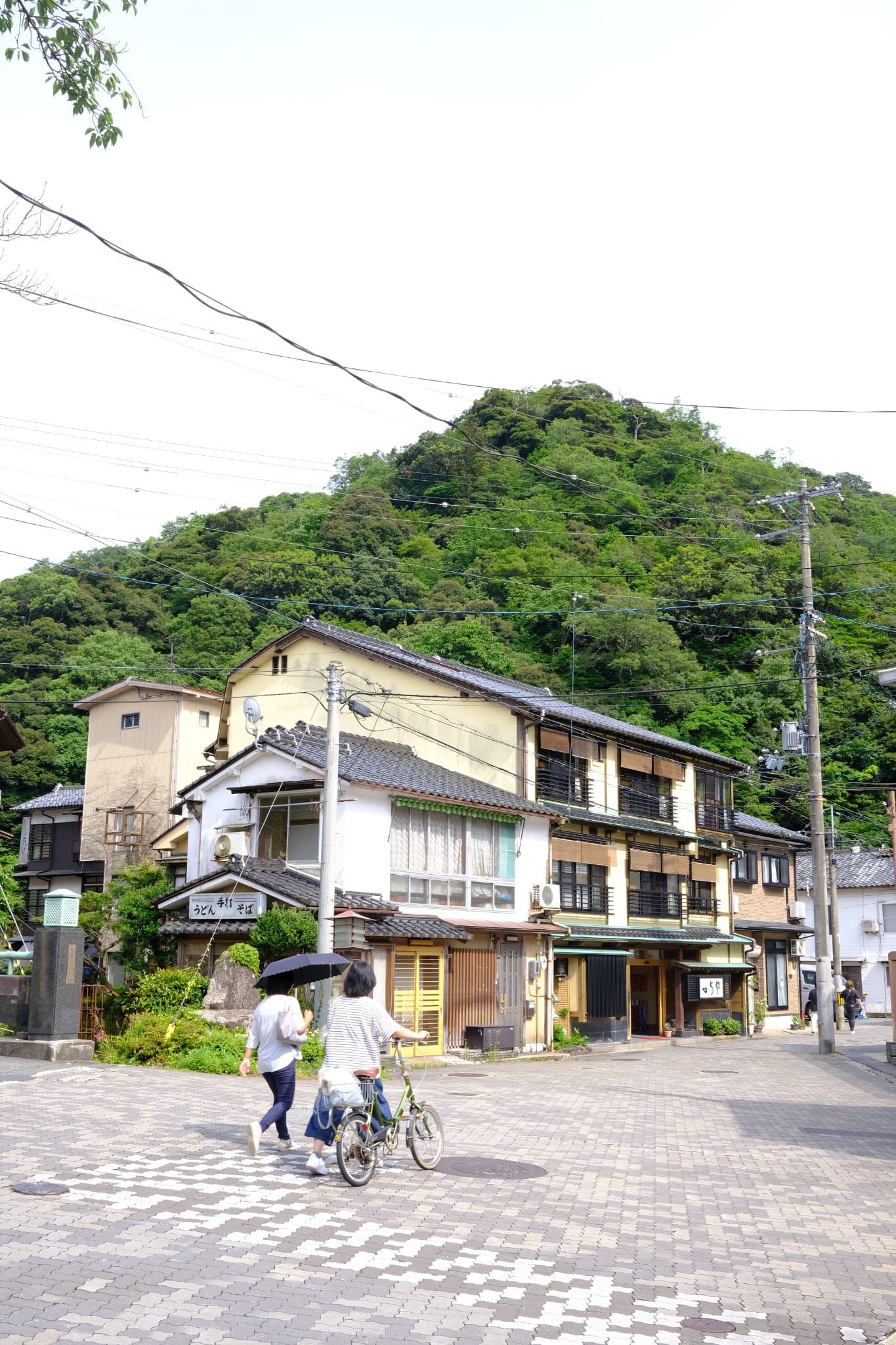
Once we all finished up at our own leisure, we regrouped at the Ryokan. With high spirits, the group sat down to a delectable eleven course meal, severed by the attentive, Nakai-san (Ryokan attendants/room maids). Normally you will be served your meal in your room but due to this being a special event, we were led to a gorgeous dining room. All the different dishes we were served were small and hit the spot. Dishes ranged from a seafood medley or a grilled dish with eggplant dengaku, butterfly sweet potato, to name only a few of the options. My personal favourite was the divine Tajima beef dish which came with sansho pepper, a nabe hot pot with assorted vegetables.
As part of visiting any new country I think it’s incredibly important to speak to people that live and breath the location. So throughout my trip I spoke to a few individuals to get their thoughts on the country and more, in effort to gain a better understanding of the country myself. The first individual I spoke to during my trip was in Kinosaki Onsen. Before we left the Ryokan, I was able to sit down and chat with Nishimuraya Honkan’s Global Marketing Chief, Colin Fukai. The smartly dressed and courteous Japanese-American was originally born in America. Yet he returned to his roots when he came to Japan in 2006 as part of the Jet program (a program where English-speaking individuals come to Japan and teach the language). Once Mr Fukai was in Japan he taught English in Takeno, a small seaside town not far from Kinosaki.
Now that Mr Fukai has spent numerous years in both America and Japan, it has become clear to him why he has a special place in his heart for Japan: “Its quite different from the USA, in an interesting way. The daily approach to life is different, I don’t get bored and I’m constantly discovering new things about the country. There is always something to experience here. It’s also easy to live here, it’s comfortable, and I’m endlessly fascinated by the country’s history.”
When speaking about the Nishimuraya Honkan, Fukai stated: “It’s the best example of a classic Ryokan, I’ve never found one quite like this one.” Interestingly from our conversation I was able to find out that the busiest time for the Ryokan was in Winter due to the sought after winter snow crab which will be on the menu around that period of the year. After bidding Mr Fukai goodbye, myself and the team headed to the station for our next destination, Kyoto.
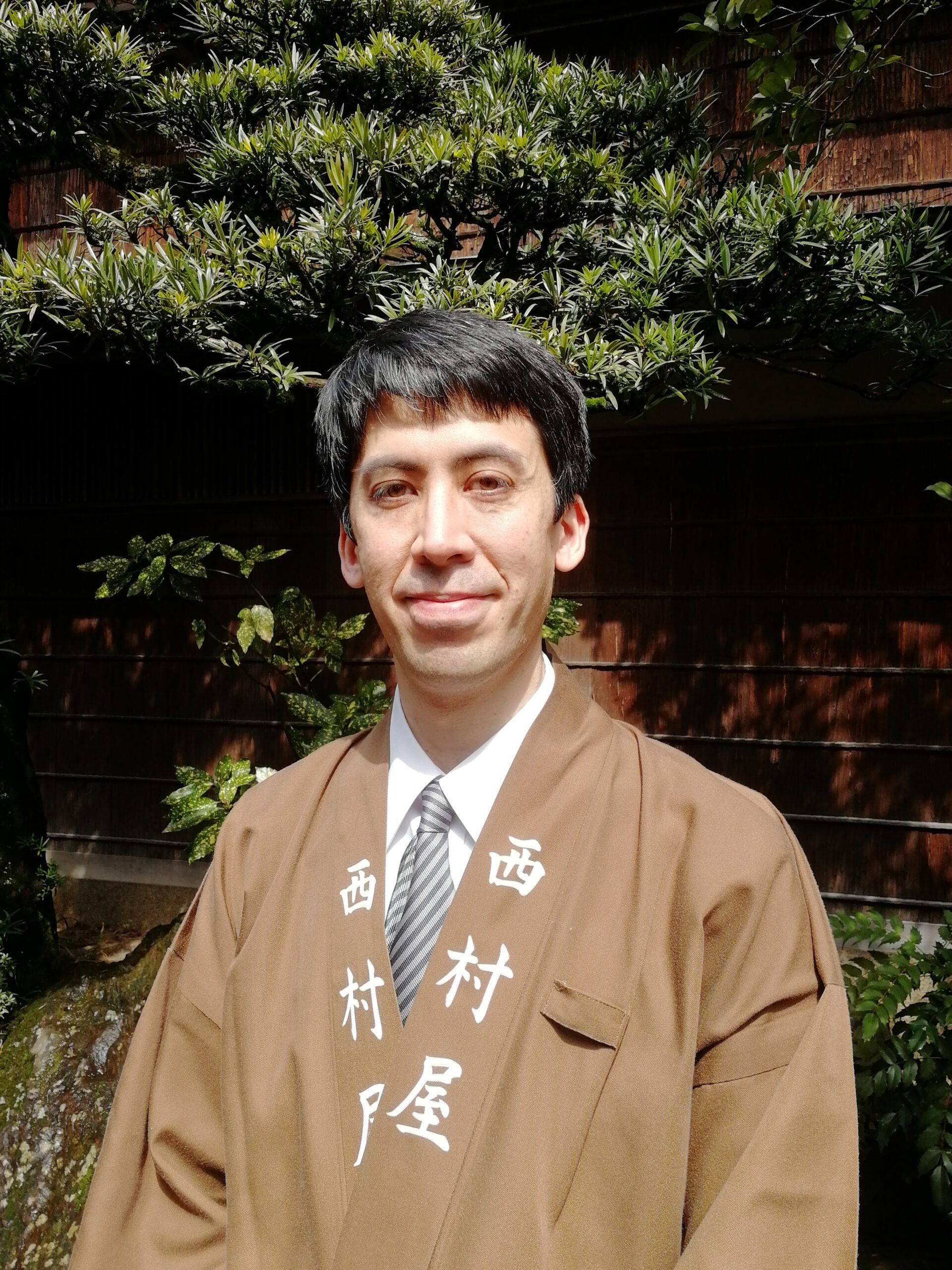
If you’re looking to explore arguably the cultural capitol of Japan, then you must visit Kyoto. Buddhist shrines, imperial palaces, food, and Geisha, the metropolis is a high-end location with an array of cultural experiences on offer. Kyoto as a city has been around since the 7th century and was founded as Japan’s original capitol in 794. Over the years, Kyoto has cemented its identity as a place for history lovers. There are more than 2,000 temples & shrines, eighteen UNESCO world heritage sites, and an abundance of museums to be discovered in the city. When you traverse round Kyoto, you’ll also soon realise that there are no real ultra high-rise buildings on the horizon. Measures were put in place to ensure the city’s skyline is in keeping with its traditional nature.
After making our way through busy Kyoto Station, we headed to the Higashiyama Hotel to drop-off our luggage. As soon as you step into the hotel’s lobby, you’re greeted by a tastefully decorated space filled with art and reception desk with staff members on hand to help you. The Higashiyama Hotel is a fairly new addition to the city as it first opened in July 2022. Although it may be a newcomer from the hotels on offer in Kyoto, it undoubtedly is worth staying at. There are 143 rooms for guests and the ‘studio double’ comes as standard. After dropping my bags off in the ‘Premier twin room’ where I was staying for the night, there’s a certain executive feeling to it. There’s space, plenty of amenities to use and a very comfortable bed. If you have time (sadly we did not), you can also use a free self-service laundry room, gym and also pay to enjoy the Higashiyama’s private spa and massage area.
One of the key selling points about the hotel is that it’s in close proximity to a lot of key sights and only a short twenty-minute stroll to landmarks like the Zen Buddhist site, Nanzen-ji Temple. The first spot on our Kyoto check list. During our stroll to the temple, I noticed a lot of people dressed in conventional kimonos. The reason behind this is linked to Kyoto’s reputation and how tourists and locals alike enjoy dressing up from time to time to get in the spirit of things. Merely being a spectator, I felt it most definitely did elevate the atmosphere of the city when you’d come across people in the most colourful and spectacular traditional garments. Once we arrived at the grounds of the temple, we strolled through the park to Nanzen-ji Temple. A temple famous for its zen garden.
Once you take-off your shoes (this is a customary rule at any religious site you visit) and head through the building and head to the stoney-garden, it’s quite a sight to see. The thirteenth century temple is nestled at the base of the Higashiyama mountains and the zen garden is a minimalistic spot that is meticulously designed. As you’ll see in the photo below, the greenery is kept to one certain section, surrounded by a sea of purposely positioned gravel rocks. The garden is meant to represent a mother tiger and its cubs crossing a river. The large boulders supposedly are the tiger and cubs with the gravel representing the river. The temple and its surroundings offered us all a quiet moment to reflect. As we walked back through the grounds, the large Sanmon Gate that which was built in 1628 was also a must-see. Given the fact that Kyoto survived untarnished compared to other cities in World War II, being surrounded by such intact history was riveting.
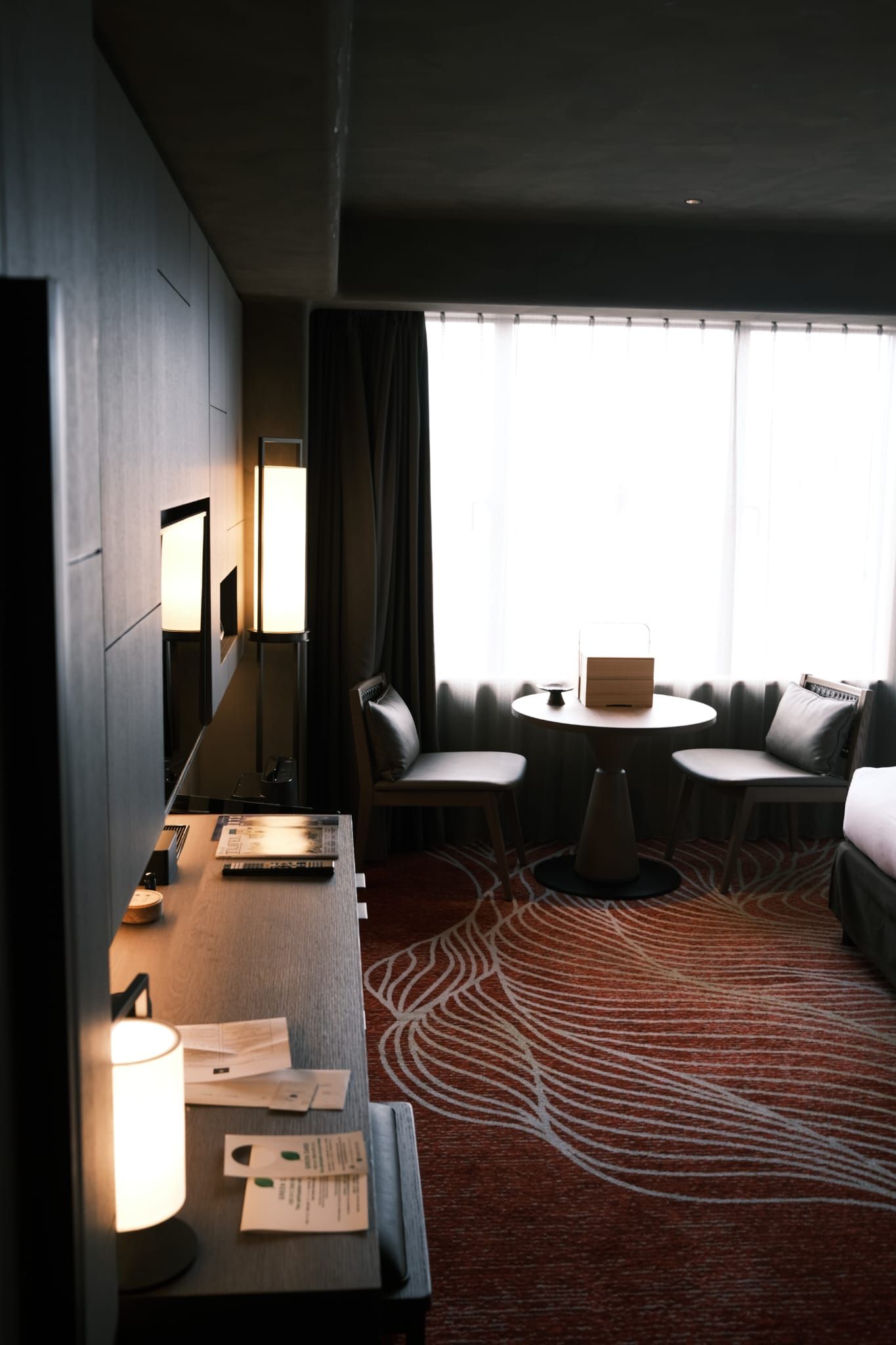
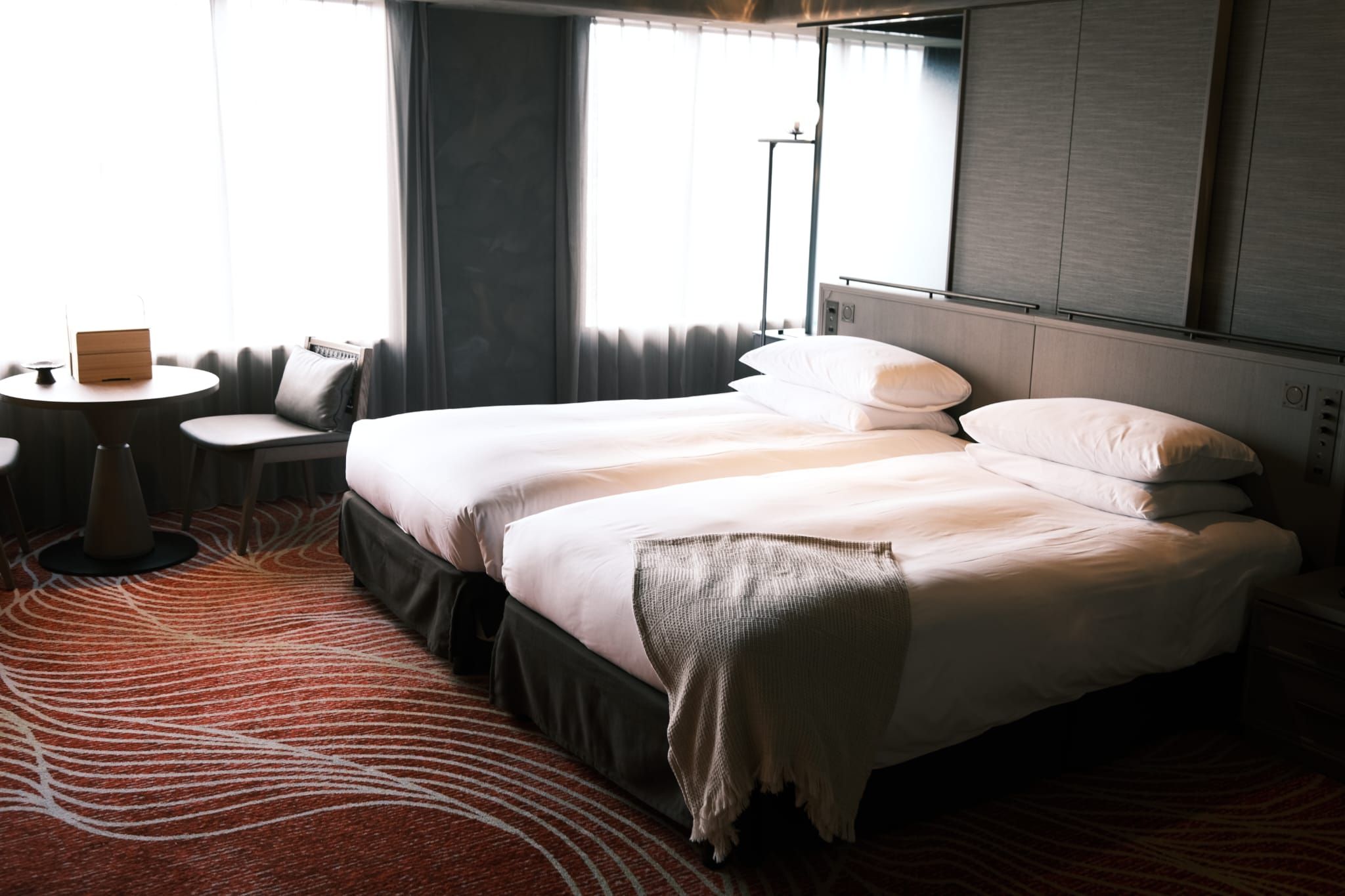
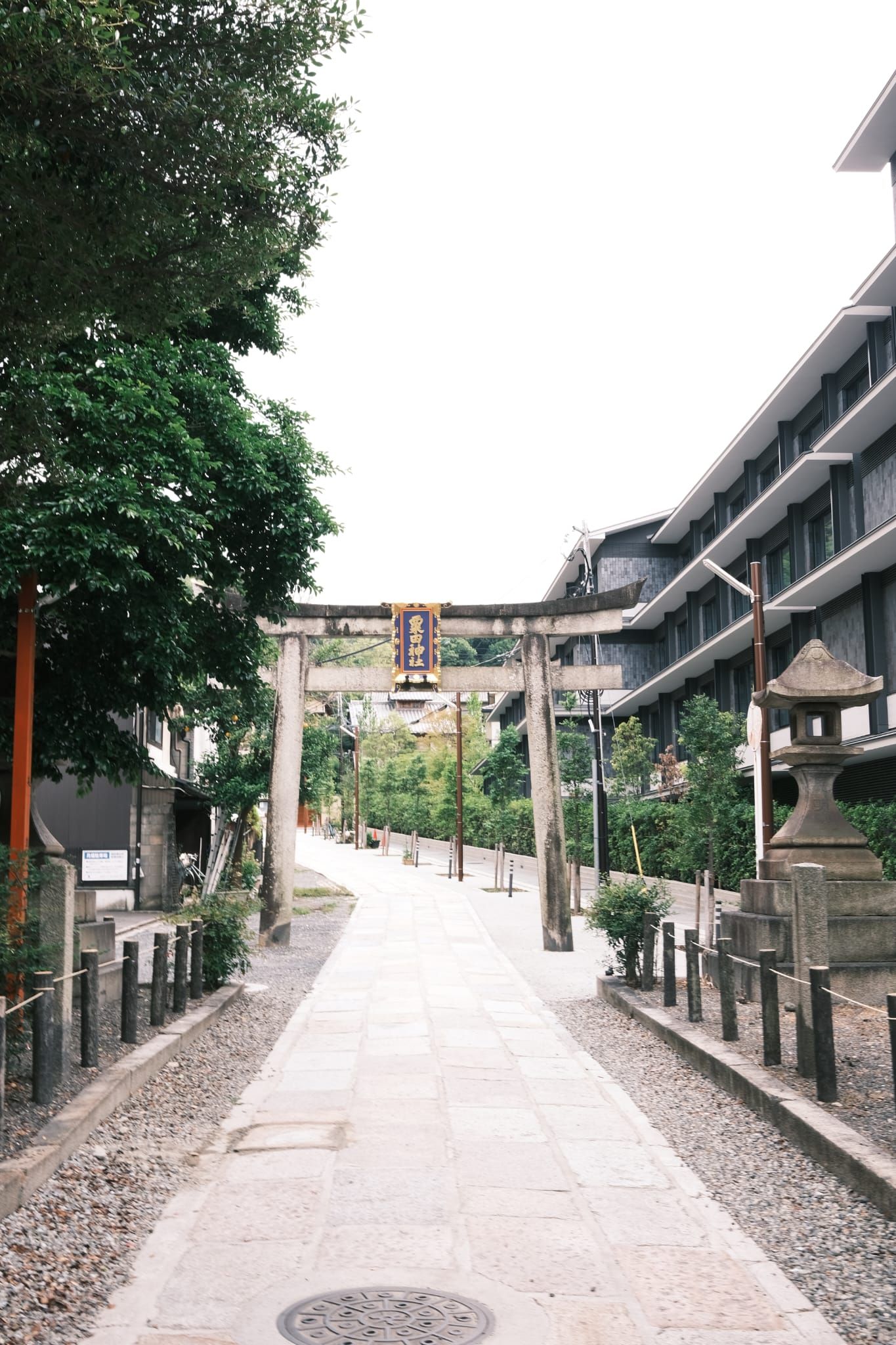
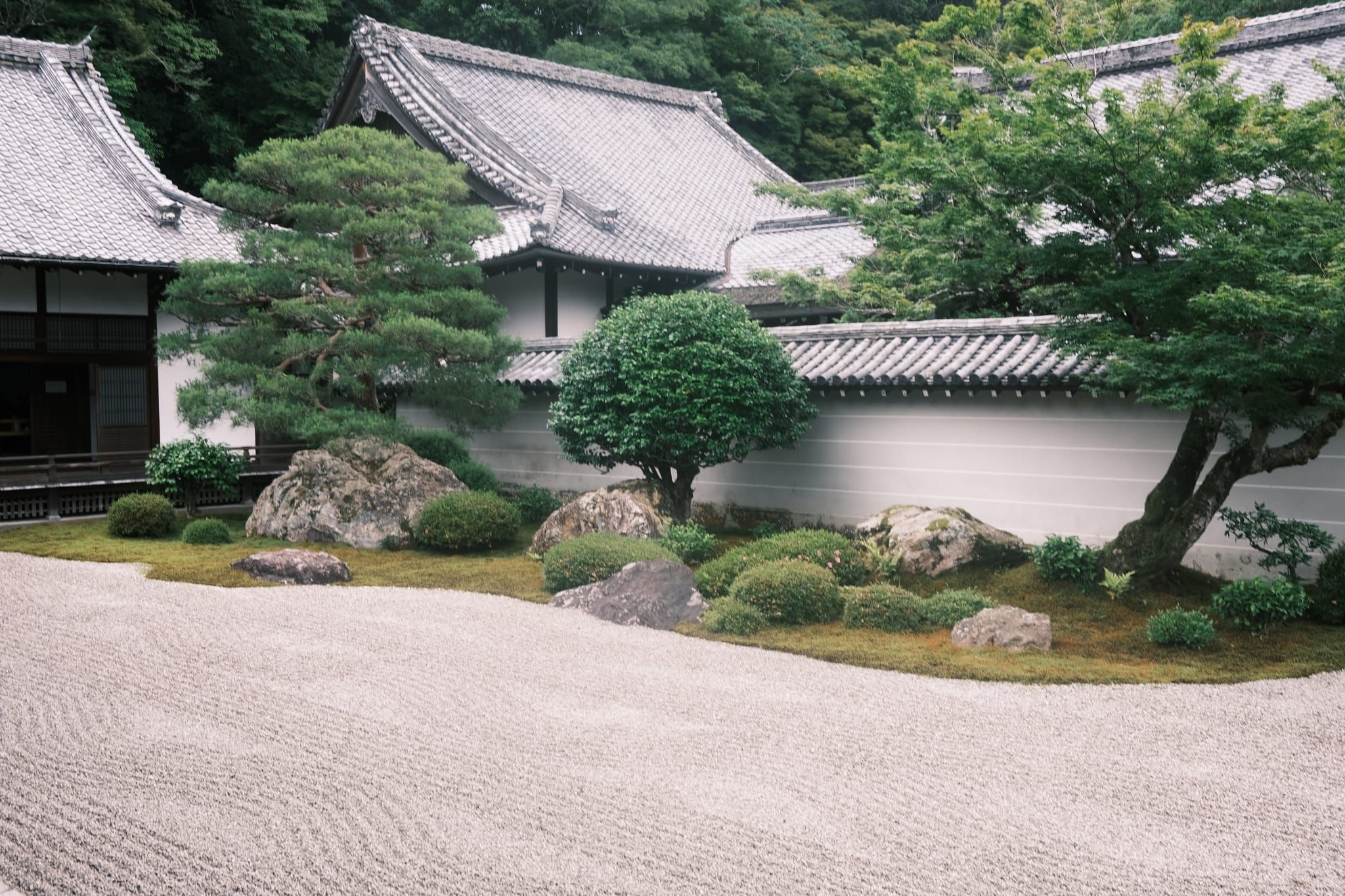
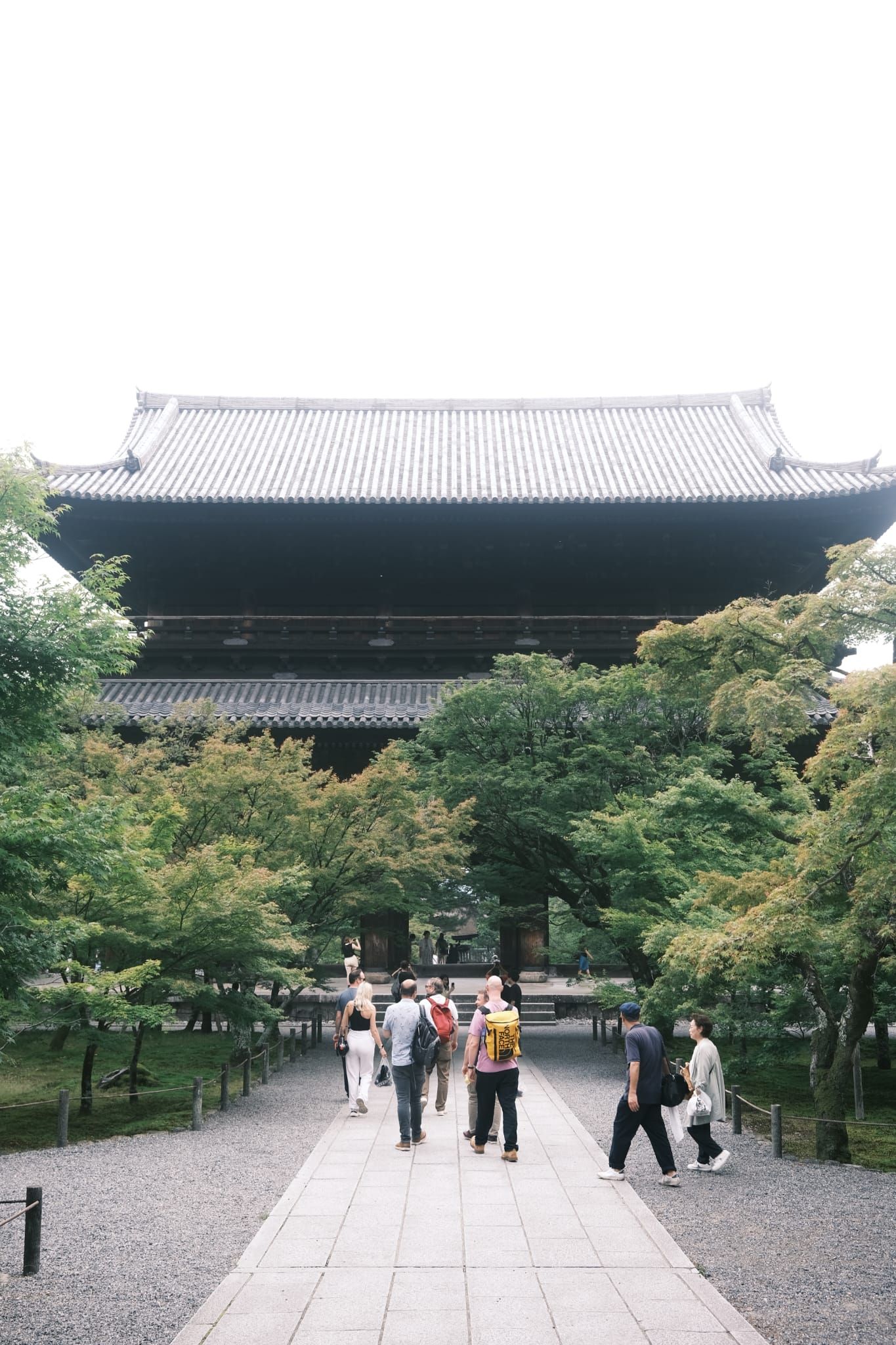
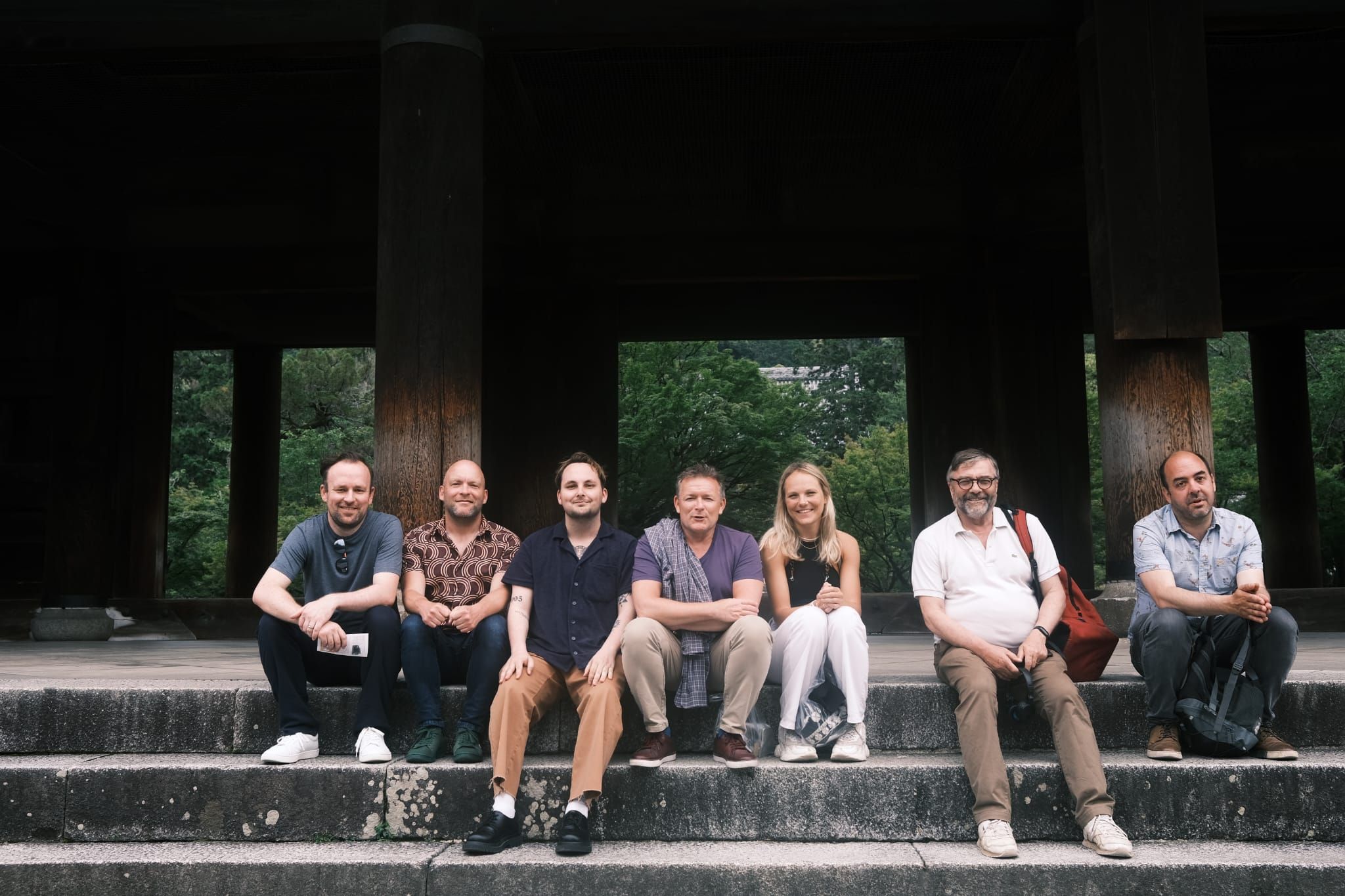
After passing the Kamo river, we made our way through the Gion district, an area of Kyoto famous for being the home to the city’s Geisha. As we paced through the busy streets, we found ourselves at the entrance of the renowned luxury restaurant, La Bombance Gion, our destination for the evening. The restaurant is a part of the acclaimed Sowaka Hotel. Given the positive reputation of Sowaka, we all knew we were going to be in for some culinary treats at La Bombance. And the chefs did not disappoint. Out of the seven-course meal, my personal favourites were the grilled fish with clear herb sauce, the succulent Wagyu-beef with teriyaki sauce, and the selection of fruits for dessert. Experiencing La Bombance Gion for the first time, I was thoroughly impressed by the eatery’s decor, the kind staff, and its sophisticated feeling. After our meal finished, I was able to speak with my second interviewee of the trip, the Assistant General Manager of the establishment and hotel, Yuki Yamano.
Originally from Osaka, the elegant individual has spent her high-flying career working in resorts and luxury boutique hotels within Japan and in Thailand. Prior to her current role, Yamano previously worked for the Four Seasons Hotel in Tokyo but given the fact she is passionate about more bespoke luxury establishments, she knew Sowaka and La Bombance was the place for her. She’s relatively new to the city as she’s been living in Kyoto for over a month at the time of our chat. Speaking about the city and Japan, Yuki Yamano said:
“I find Kyoto to have such an authentic and traditional culture. Japan develops and expands very quickly but what I like about Kyoto is that it still has that sense of authenticity within its buildings and people. People Wear kimonos, the city’s history is vast and that attracts tourists. In Japan, there is such politeness and kindness, the people make this country stand out. People always try to help each other.”
Speaking about her workplace, Yamano beamed with pride: “I’m a people person and working here lets me use all my skills. People who want a unique experience come here.”
Concluding our brief but insightful conversation, I said goodbye to Yuki and thanked her for a wonderful evening. The group then wondered back through the streets towards the hotel for some sleep.
The next morning before we caught our bullet train in the afternoon, we were able to hit up one more religious site. If you go to Kyoto, you must visit the Sanjūsangen-dō Temple. It’s a well-known Buddhist temple that houses over a thousand individually sculptured statues of Kannon, the goddess of mercy. It’s also regarded as the longest wooden building in Japan, it roughly is the same size of a football pitch. Incredibly, there was a fire in the 12th century thus meaning the building had to be rebuilt. The building still contains some of the original statues which date back to the 11th century when the temple was founded in the year 1164. The other half of the statues on display are more recent from the 17th century.
Sanjūsangen-dō Temple also doubled up as the location for a Samurai archery competition called Ohmato Taikai during the medieval period. The competition was to see how many arrows could be fired within 24 hours. It has been recorded that the figure for most arrows shot by one competitor was a staggering 13,000 arrows within the time limit. To this day, the 400-year-old competition still reguarly holds an annual event every January. There really is no place quite like Sanjūsangen-dō Temple and it can only be found in the wonderful city of Kyoto. It made for the perfect send off before we caught a Bullet Train bound for Japan’s capitol, Tokyo, which you can explore more on tours in Tokyo.
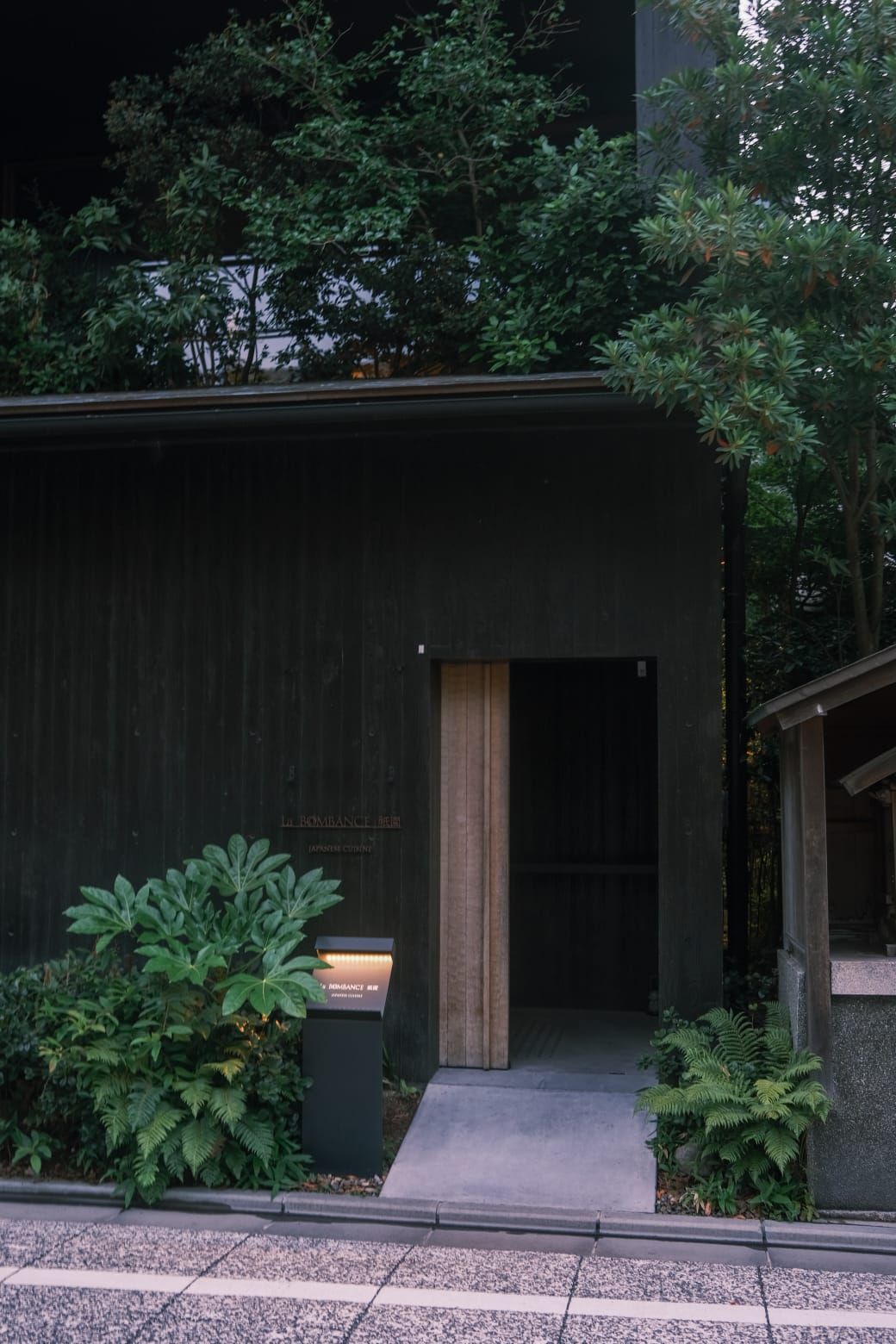
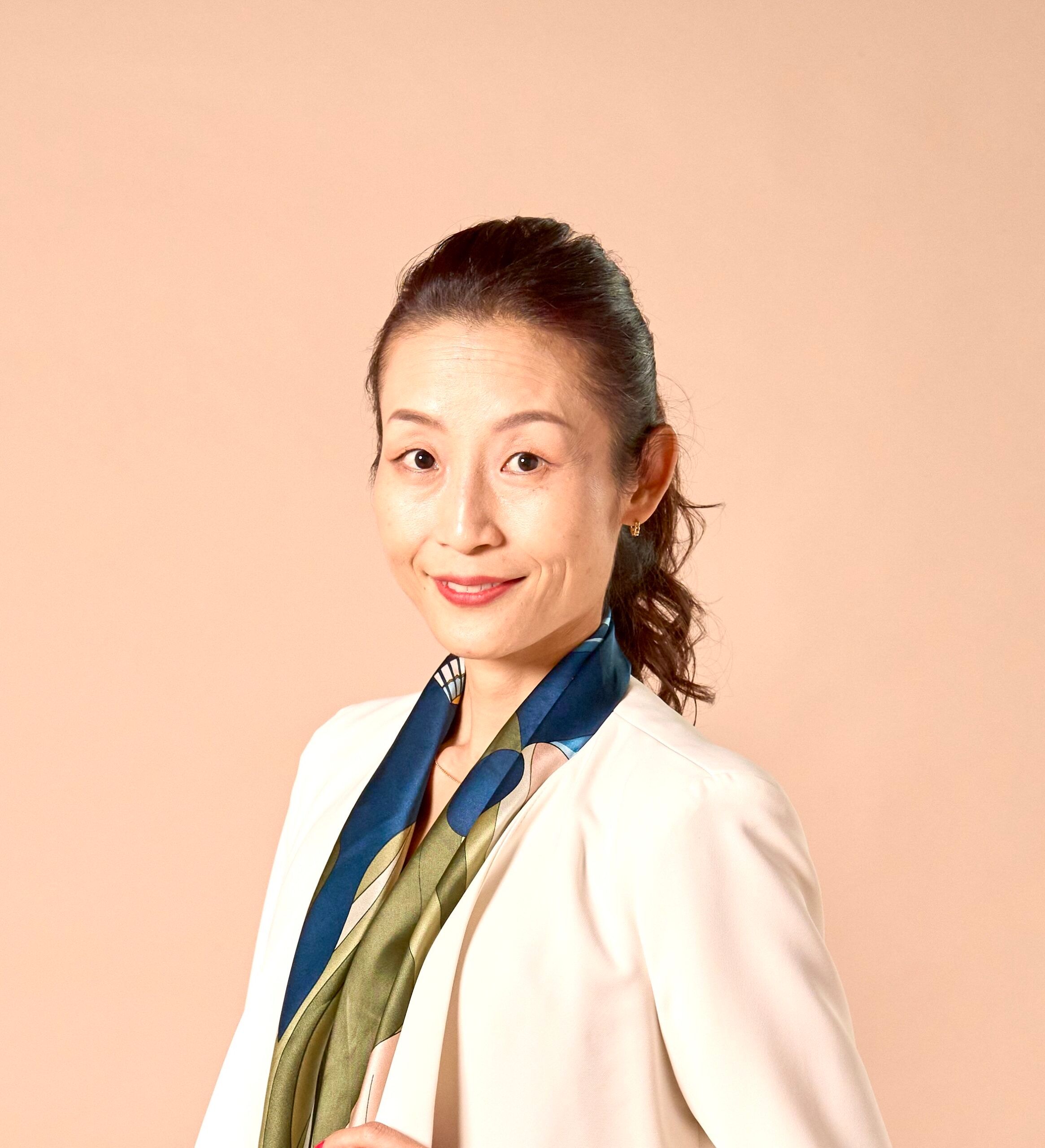
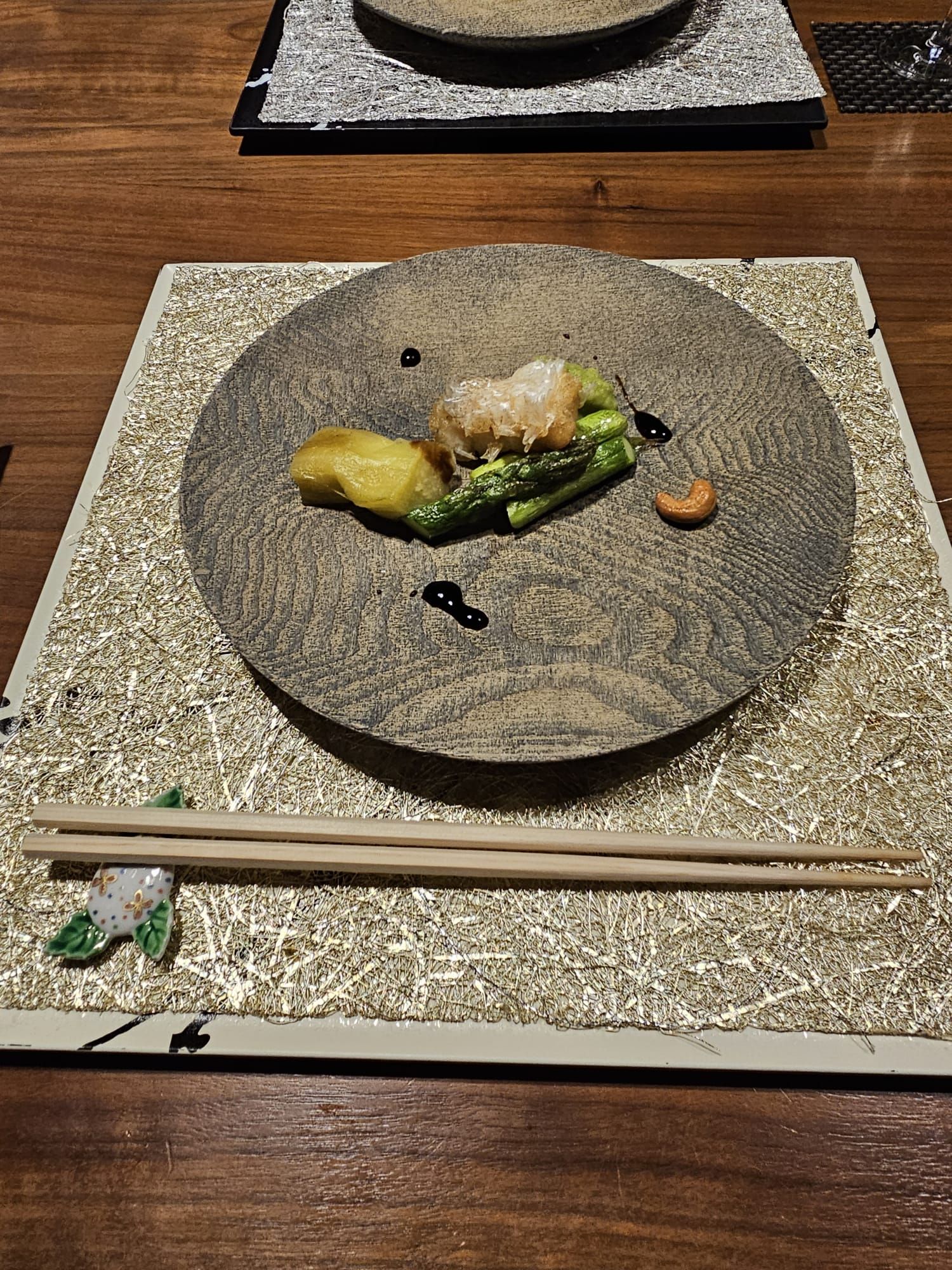
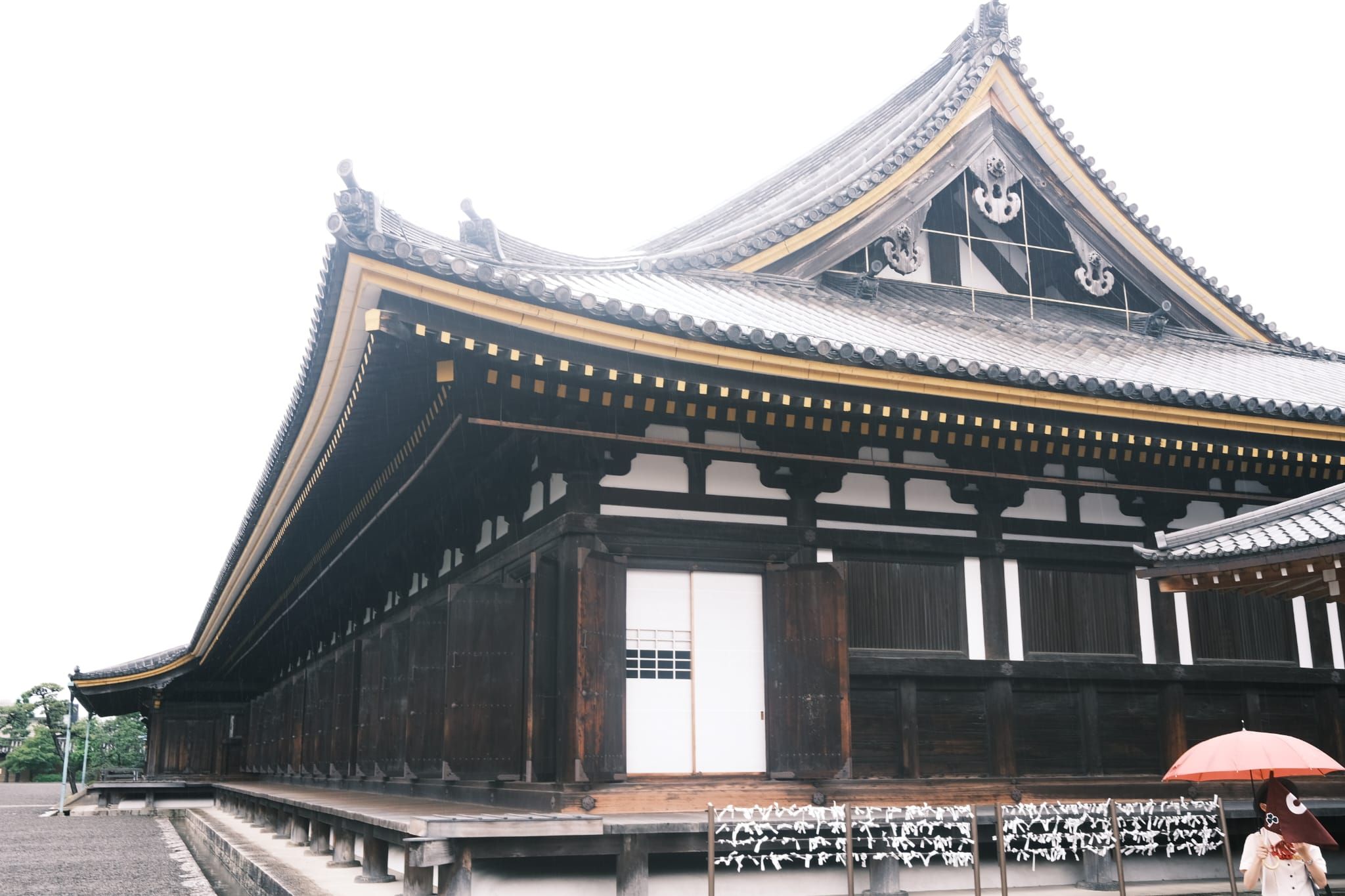
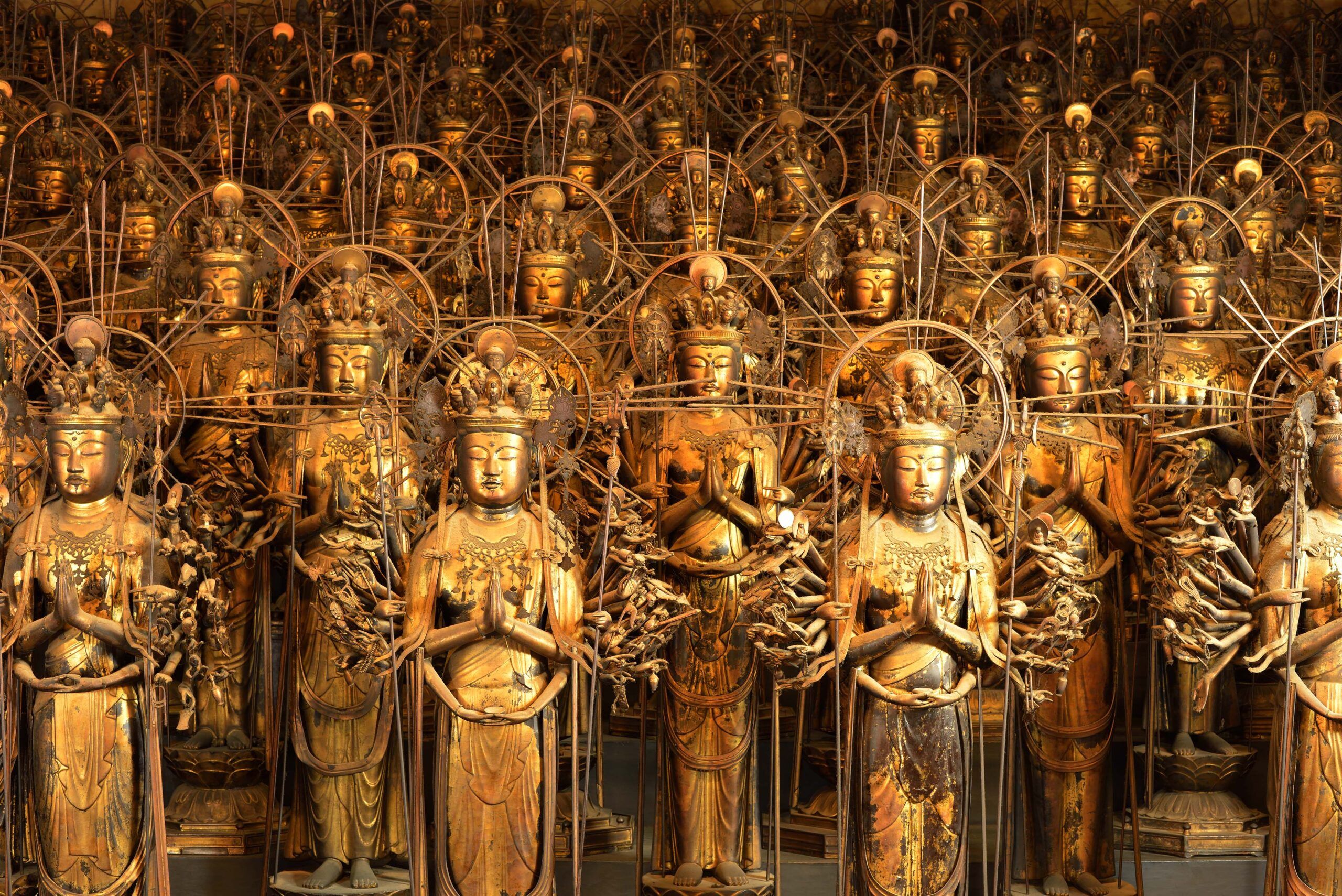
After disembarking the Shinkansen Hikari 650 Bullet Train which travels at a rapid speed of 186 to 200 miles per hour, we had finally arrived in Tokyo (although sadly during the journey it was cloudy, so once we passed Mt Fuji, we weren’t able to see it from the train). It’s a melting pot of international influences, subcultures, technology. It offers tourists a sensory spectacle thanks to its bright neon lights and 3D billboards, without question Tokyo is Japan’s answer to a futuristic playground. The concrete jungle is home to over 37 million inhabitants, many towering skyscrapers, entertainment hotspots, and numerous Godzilla statues. Yet the city is still a cultural hub with plenty of traditional places for good street food. It’s also seen as one of the best cities in Japan for performance arts like Kabuki, a classical form of Japanese theatre or even flower arranging. Our first stop in the bustling city was the neighbourhood prefecture, Shinjuku City. So we could head to our final hotel stay of the trip.
We caught the tube very easily (there is a lot of English signs throughout the stations and tubes in Tokyo surprisingly) to Shinjuku Station, the world’s busiest train station. The station has earned the title because 3.5 million passengers pass through it each day. Shinjuku itself is part of the city’s beating heart and is known as the entertainment and party area of Kabuchiko. This is where you’ll find upscale hotels, karaoke bars, arcades, host/hostess clubs, restaurants, some seedy adult businesses, and so much more. If you’re a Londoner, you could liken it to Soho in a way. As we were making our way through the streets, I thought to myself how this might be the image of Tokyo a lot of westerners conjure up in their minds when thinking about what Tokyo might be like. The crowds were out in force even in the middle of the day, and we even spotted the famous Godzilla head poking out from Hotel Gracery. Even in the day, the streets felt alive and exciting.
After we passed Godzilla and made a few turnings, we had arrived at the colossal Tokyu Kabukicho Tower. The multi-story complex is home to a cinema, bars, restaurants, Namco arcades, an underground club, and two separate hotels owned by the same parent company, Pan Pacific Hotels. The first being a more family friendly budget brand called Hotel Groove. Yet the second hotel was our port of call, the undeniably magnificent five star brand, BELLUSTAR Tokyo. With its utterly gorgeous lobby situated on the 18th floor of the enormous building, as soon as you step through the elevator door, you are transported to a classy and pristine environment. You would be forgiven for thinking that the hotel must have been in operation for quite some time given its first class service and sold-out rooms but in matter of fact, the magnificently decorated hotel only opened in May this year. Its clientele ranges from international travellers from the UK, USA and beyond to family groups and couples.
Groove Hotel has a respectable 538 rooms available but BELLUSTAR Tokyo has a total of 97 rooms, covering the floors 39 up to 46. There is a 47th floor but that is reserved for the hotel’s incredible penthouses, the smallest of which starts at $10,000 dollars a night. My well-equipped room was situated on the 40th floor and the view of the Tokyo skyline was sensational. The ‘Studio Premiere King’ I stayed in starts at $1,000 a night. Overall, there is something truly special about BELLUSTAR, its exclusive nature, grandiose aesthetics, and meticulous attention to detail means that if you are visiting Tokyo for the first time, you must stay here. In all my life so far, I’ve never stayed in such a breathtaking place.
After embarking on a fascinating tour of both hotels, we enjoyed an exquisite five-course meal at Hotel Groove’s Jam17 restaurant. Getting into the party atmosphere, the group headed to an area in Shinjuku called Golden Gai. A connection of tight-knit alleys filled with intimate bars. It’s actually home to over 300 of them. All of which you felt like you could take stool at and start up a conversation with any of your fellow drinkers. On a drizzly Sunday night in Tokyo, we enjoyed a few night caps before heading back for some sleep. The next morning I woke up to the foggy Tokyo skyline and headed up a few floors to utilise the hotel’s restaurant for a moutwatering breakfast that fuelled me for the final day ahead. Our last morning was spent visiting the Tsukiji Outer Market, the place to go if you want to purchase from traditional Japanese vendors. After that, we headed to an oasis of tranquility. Amongst all the hustle and bustle of busy Tokyo, walking through the Hama-rikyū Gardens and all its greenery made for a relaxing mid-morning activity.
If you’re looking for a more fashion forward and youth culture based area in Tokyo, then Harajuku might be the place for you. It has plenty of youth clothing brands, quirky shops, and you can take a leisurely stroll through Harajuku, it’s neighbouring areas, and pass many high-couture fashion stores. If you walk for long enough like we did, you can make your way to Tokyo’s famed Shibuya crossing. A tourist landmark due to the seven crossroads which all intersect, resulting in up to 3,000 people crossing once the green light is signalled. As it was our final day of the press trip, we all ventured back to the hotel to freshen-up and collect our luggage before the cab ride to Tokyo’s Haneda Airport.


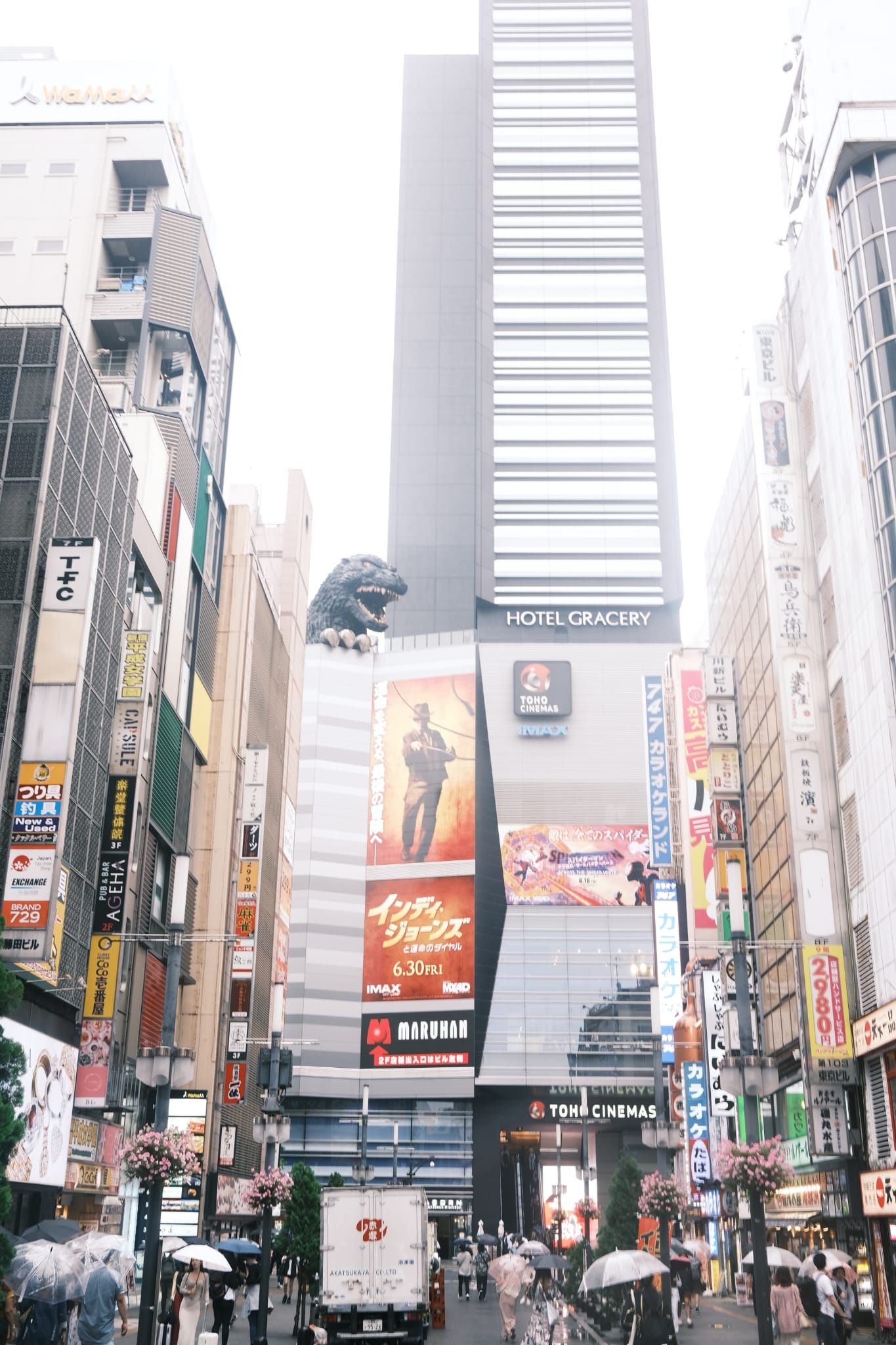
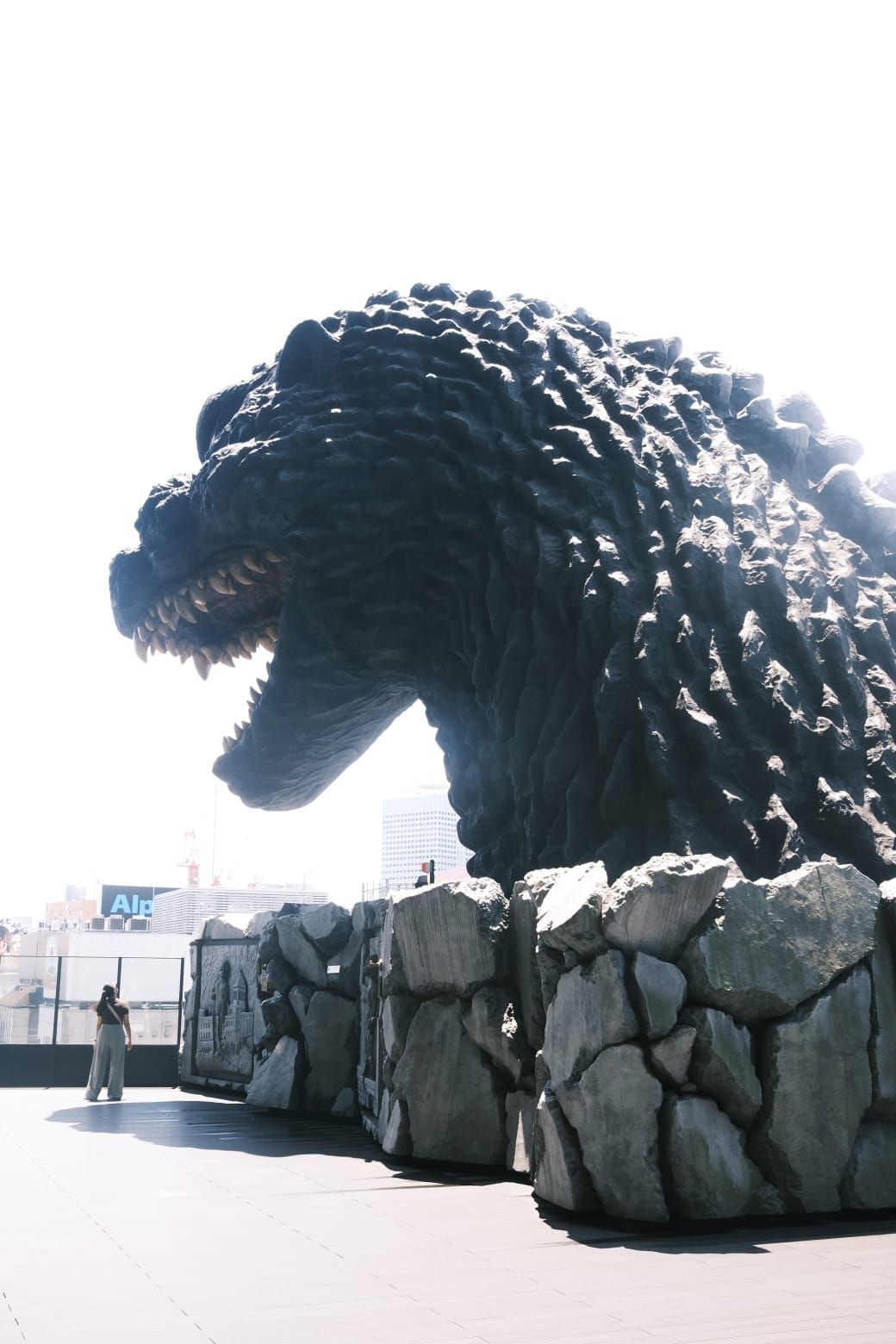
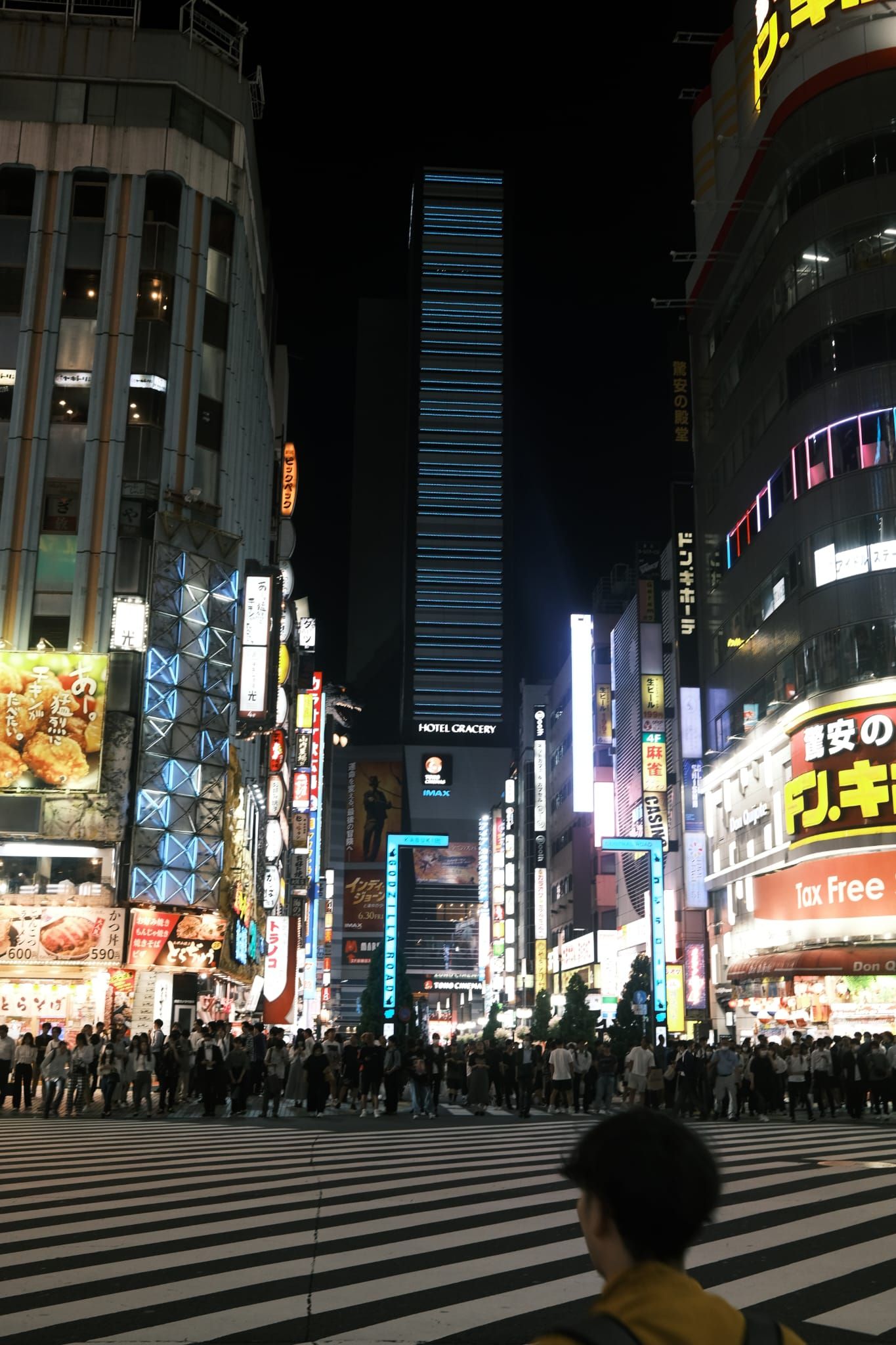
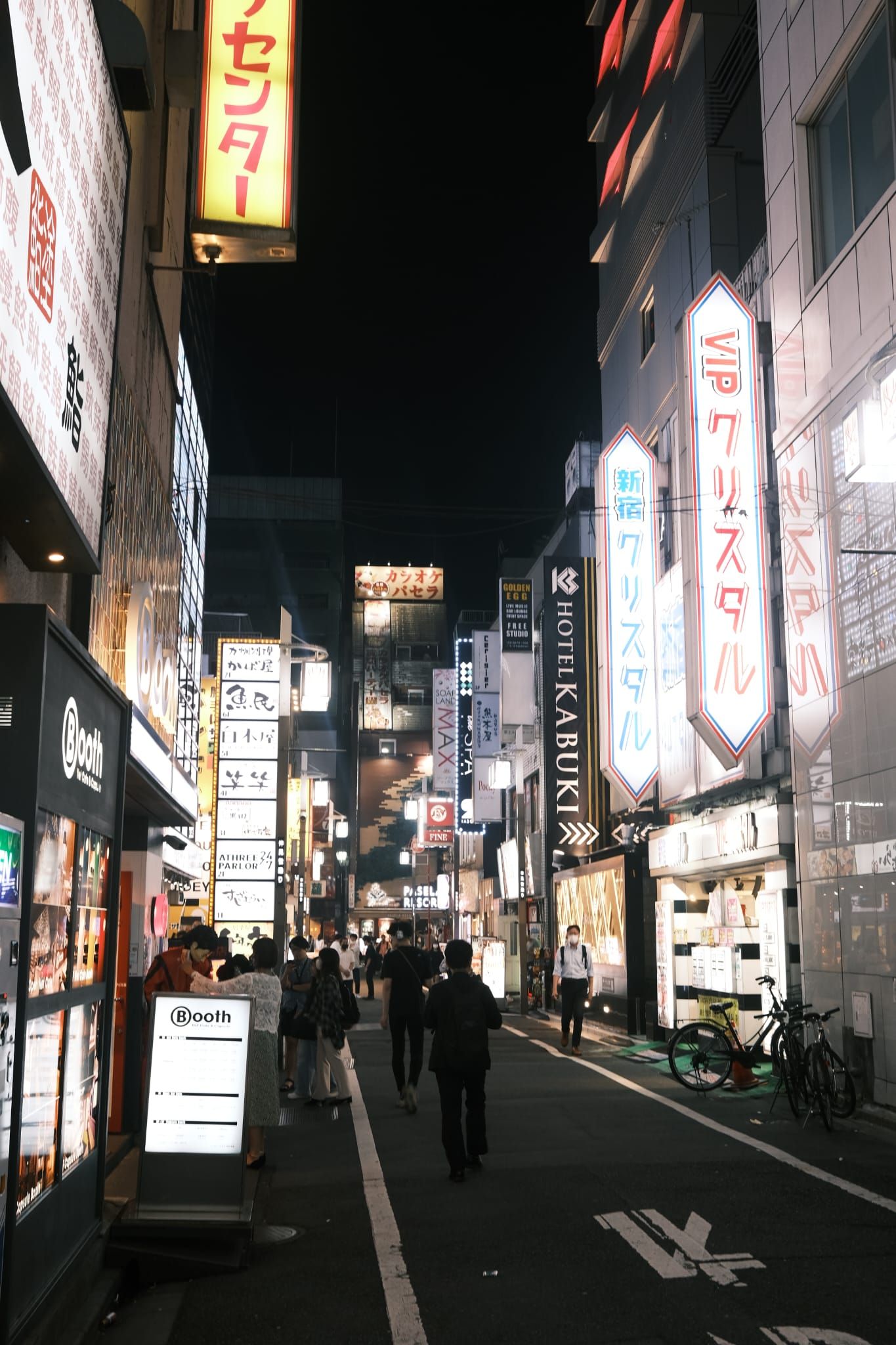
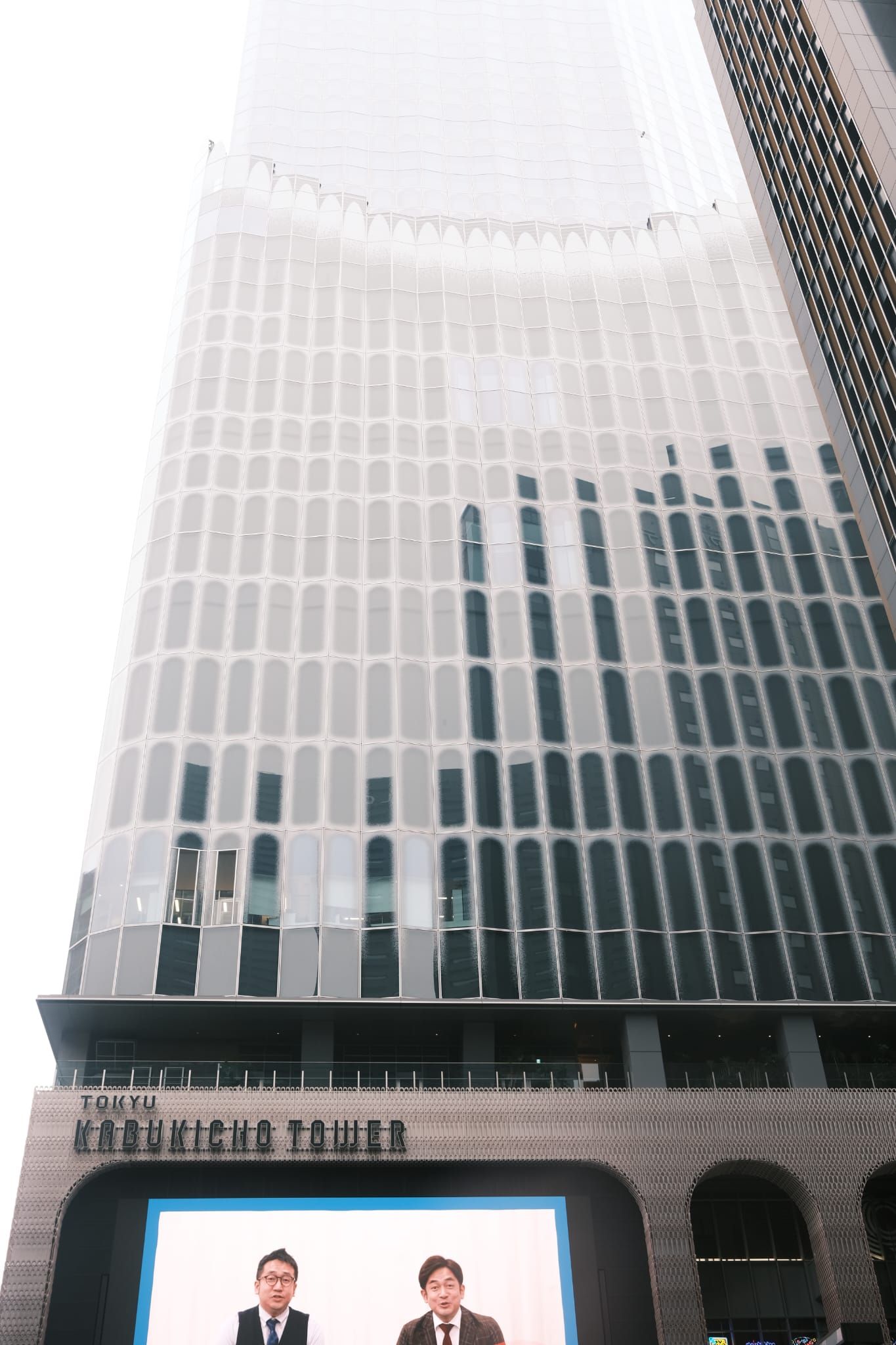
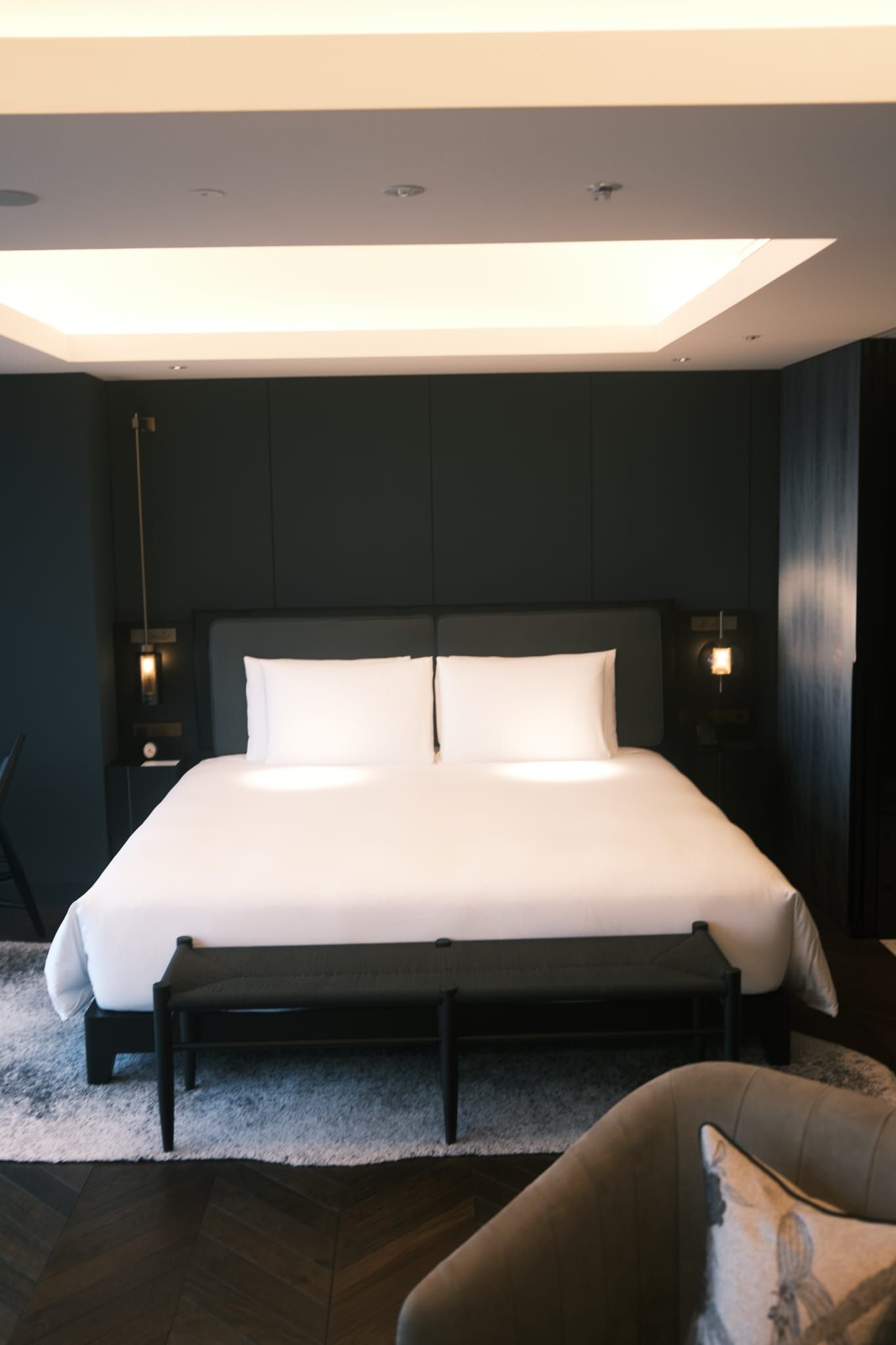
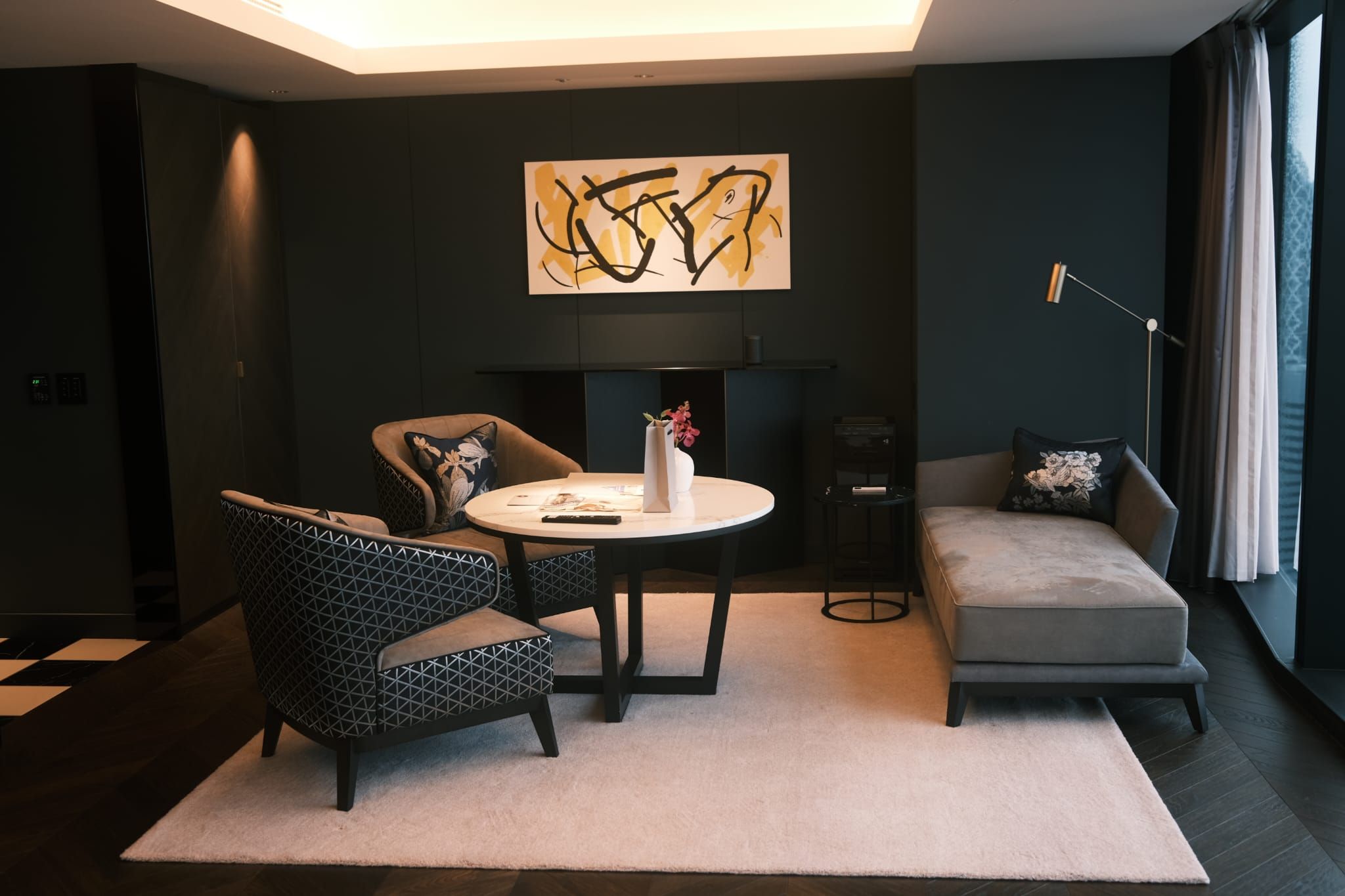
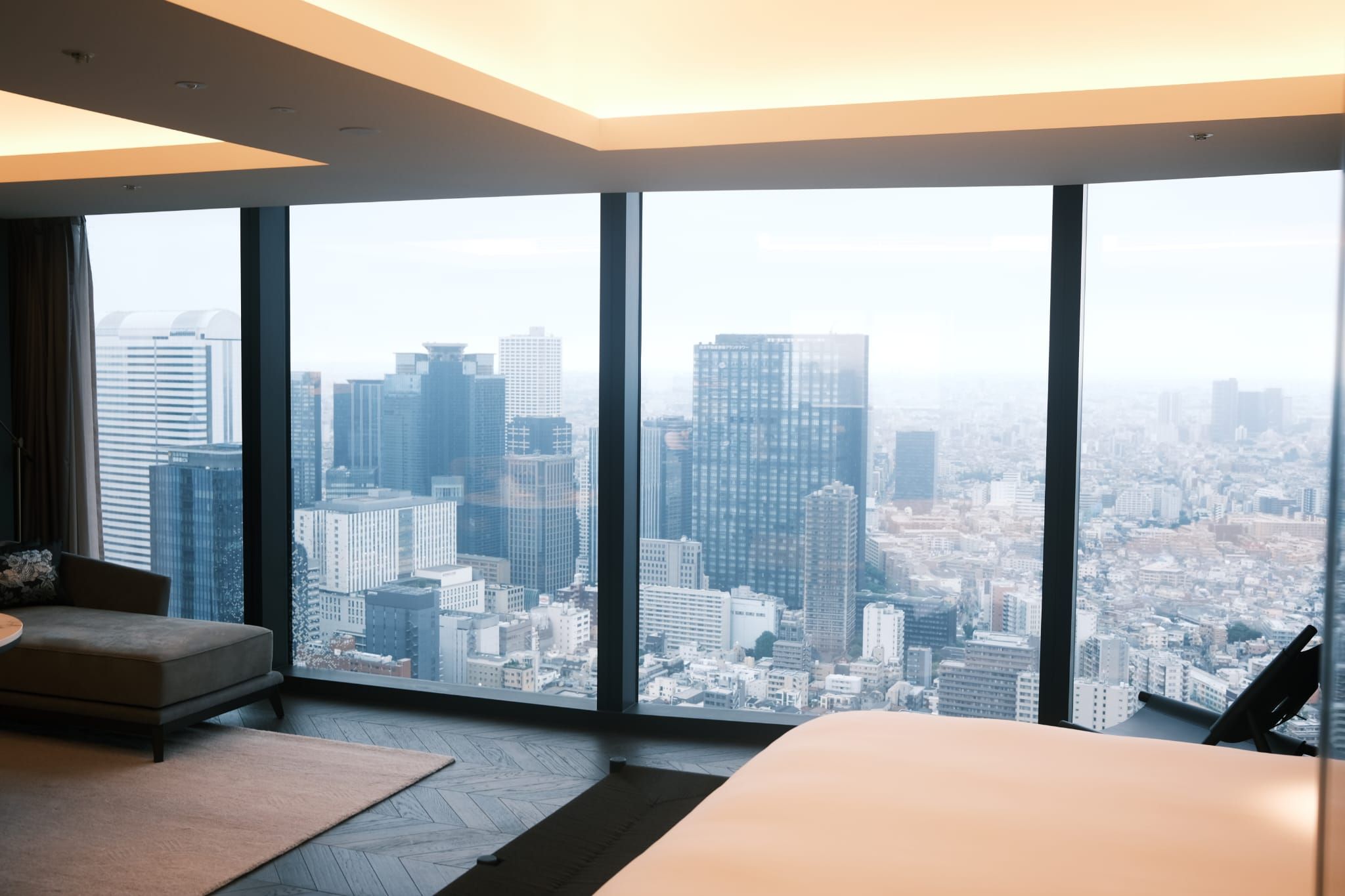
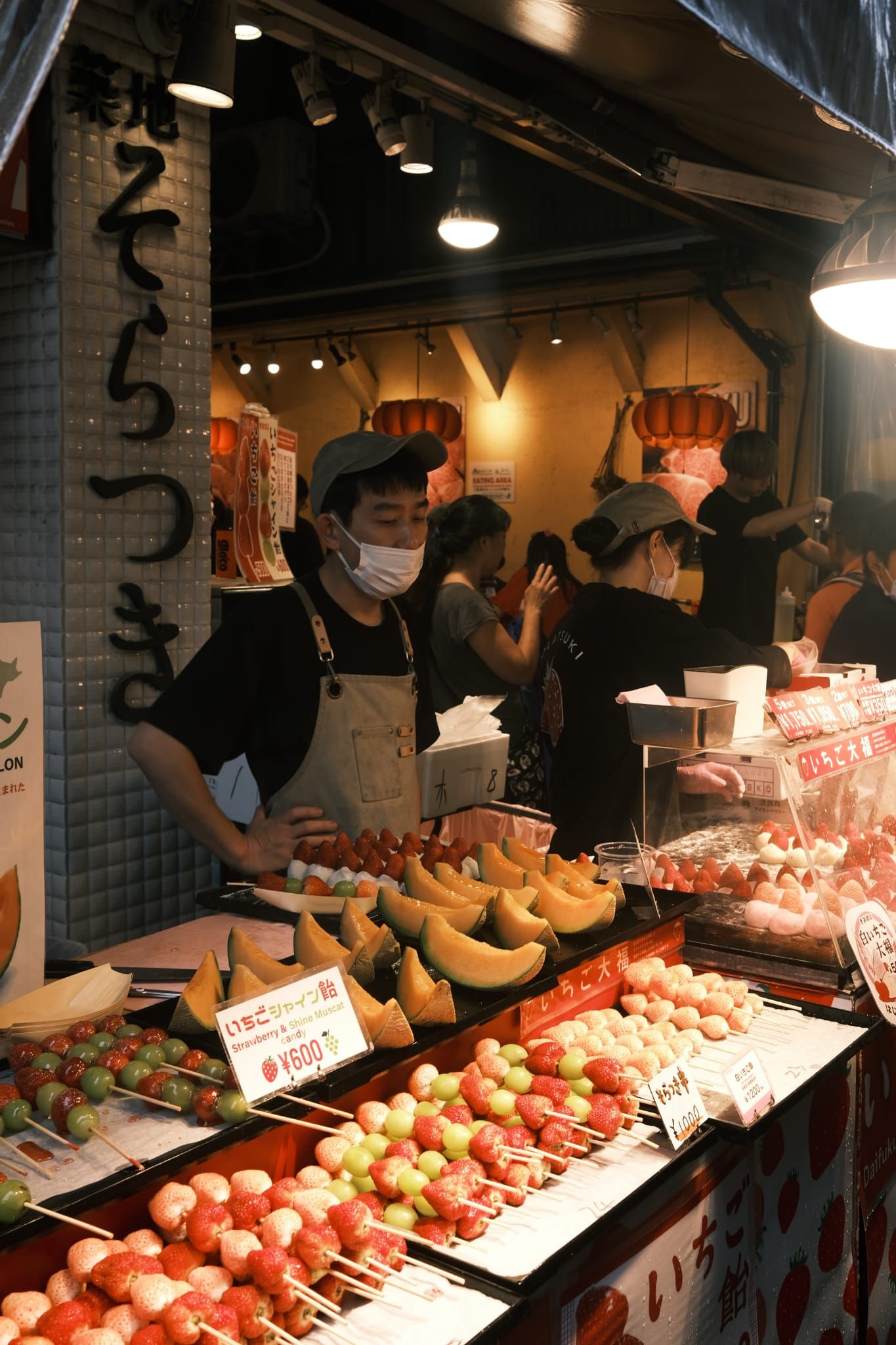
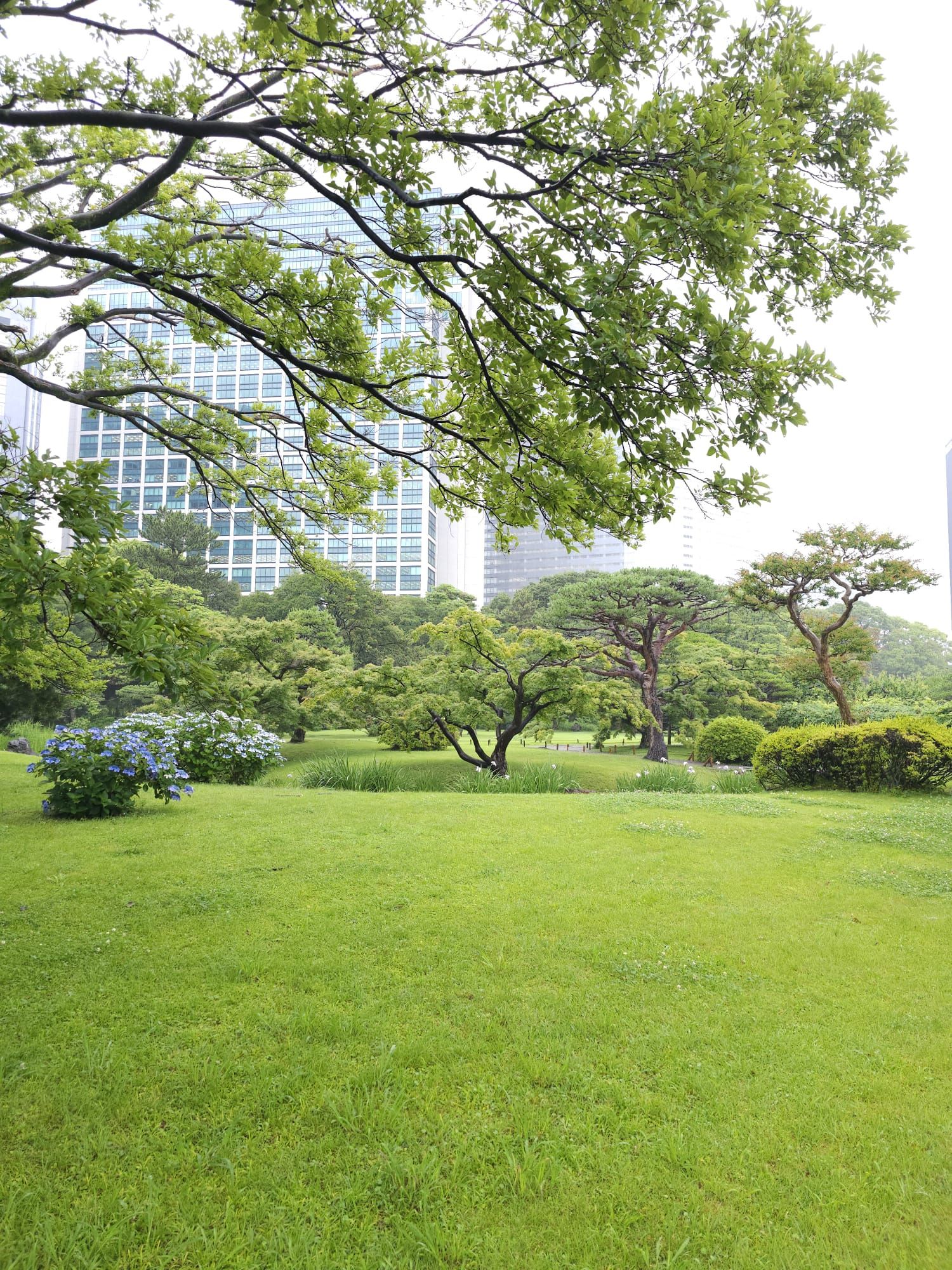
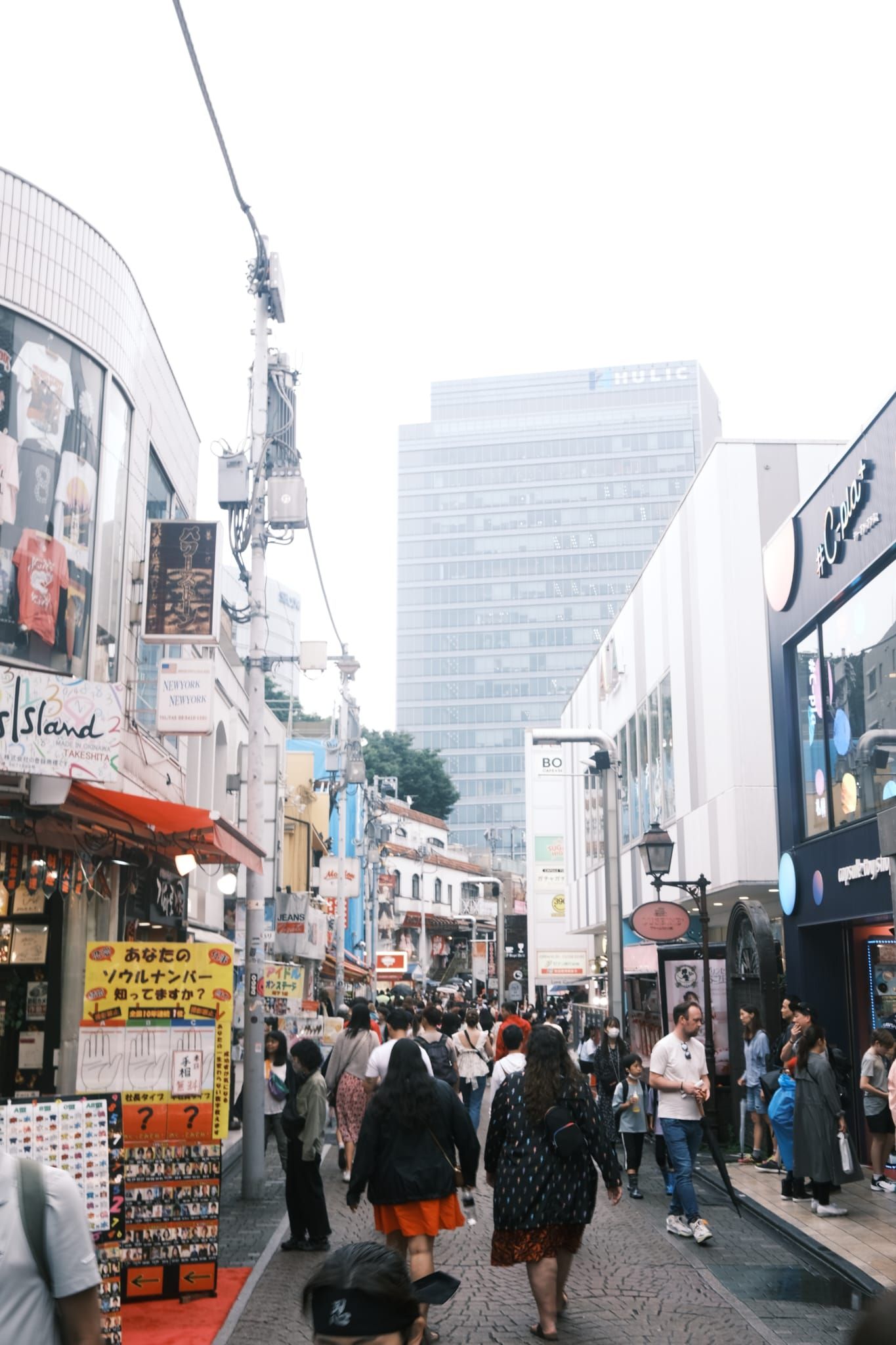
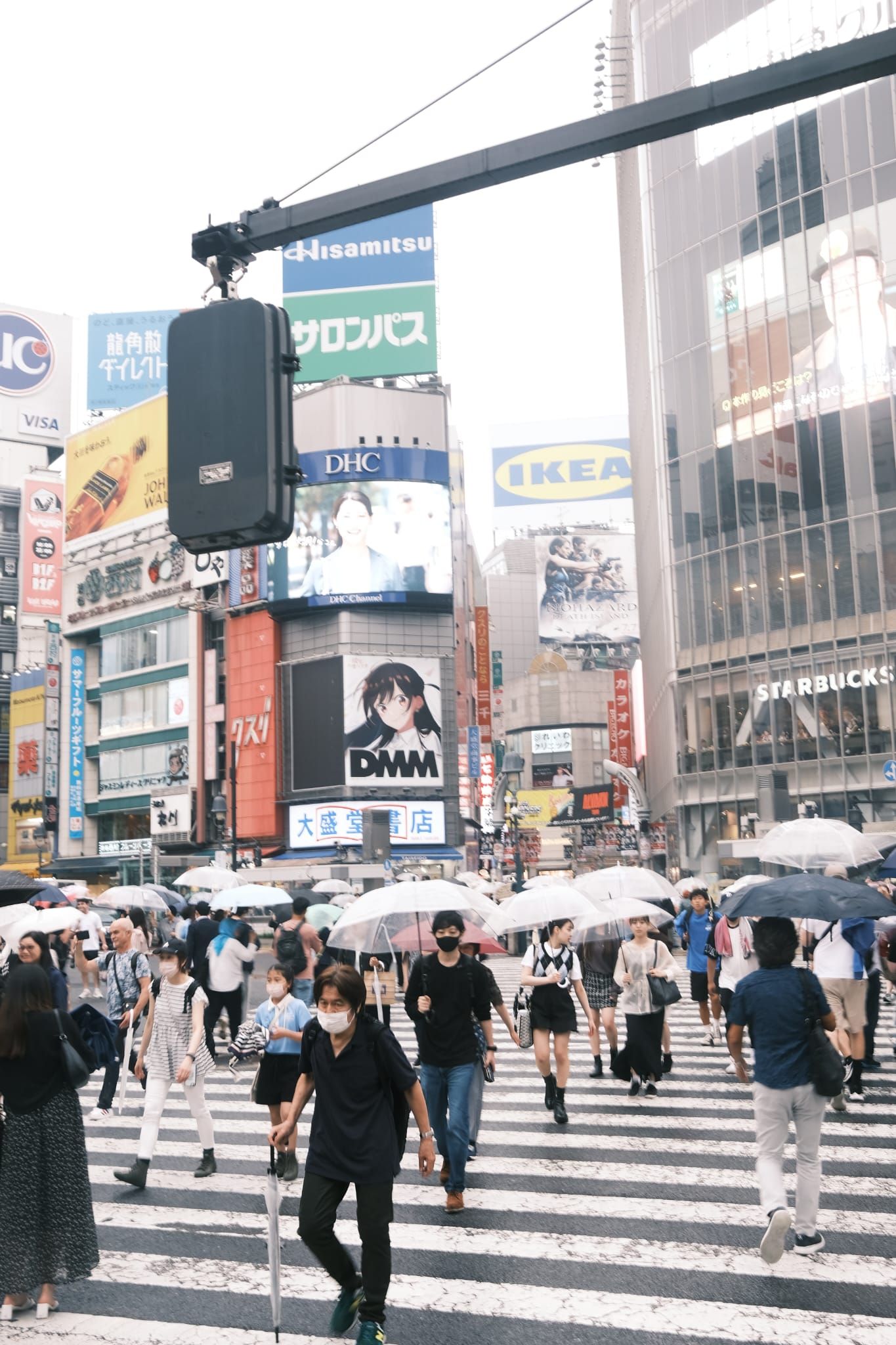
Before the taxi arrived I had one more individual I wanted to speak with, our InsideJapan Tour Guide Leader, Richard Farmer. Ever since we met up with Richard back in Osaka and until the end of our trip, he was a shining example of why you need to book a tour/holiday with InsideJapan. The Bristol-based company specialise in helping plan your dream trip to Japan right down to every minute detail. The level of professionalism we received on the press trip, mixed-in with Richard’s warm and welcoming demeanour, was first-rate. He was a fountain of knowledge on all things related to Japan and given the fact he is also an exceptional translator fluent in Japanese, it removed any daunting feeling due to the language barrier when trying to converse with locals. Thanks to InsideJapan’s expertise, it felt like the whole trip was extremely easy. So Farmer made for a particularly interesting individual to speak with on record. Given that he had a unique perspective on the country due to the fact he is a British foreigner that has been living in the country for over ten years. He originally moved to the country as an English Language Teacher Assistant, a few years later he discovered InsideJapan and joined the company. Speaking about why he moved to the country and his interest in it, Richard Farmer said:
“Yeah, my main interest related to Japan has always been Japanese Buddhism. It’s what I studied at university at the School of Oriental and African Studies in London. That was my initial kind of springboard into Japan and Japanese culture, Japanese history, and Japanese art. All of those that particularly relate to Japanese Buddhism. But of course, the longer I stayed here, the more my interests in Japan have expanded to include Japanese cuisine, Japanese theatre like Kabuki and other areas of Japanese history and literature. So all of those things and my partner that is from Japan, have kept me in the country.”
“Of course, other things that I suppose have made me want to stay in Japan is just how efficient a country it is. It’s so clean, safe, and easy to travel around. The bullet train is so efficient and the variety of sites that exist in Japan and how different the country is from north to south is vast. I have travelled around Japan a lot as a Tour Leader, but you know even privately there are still a few places I haven’t been to yet and the difference in the kind of scenery and the local culture that you get is interesting. There’s such a wealth of variety in Japan and things to see and do. So, I guess I’ve become addicted to Japan.”
Once we had concluded our chat, I thanked Richard for his time and the group departed for the airport.
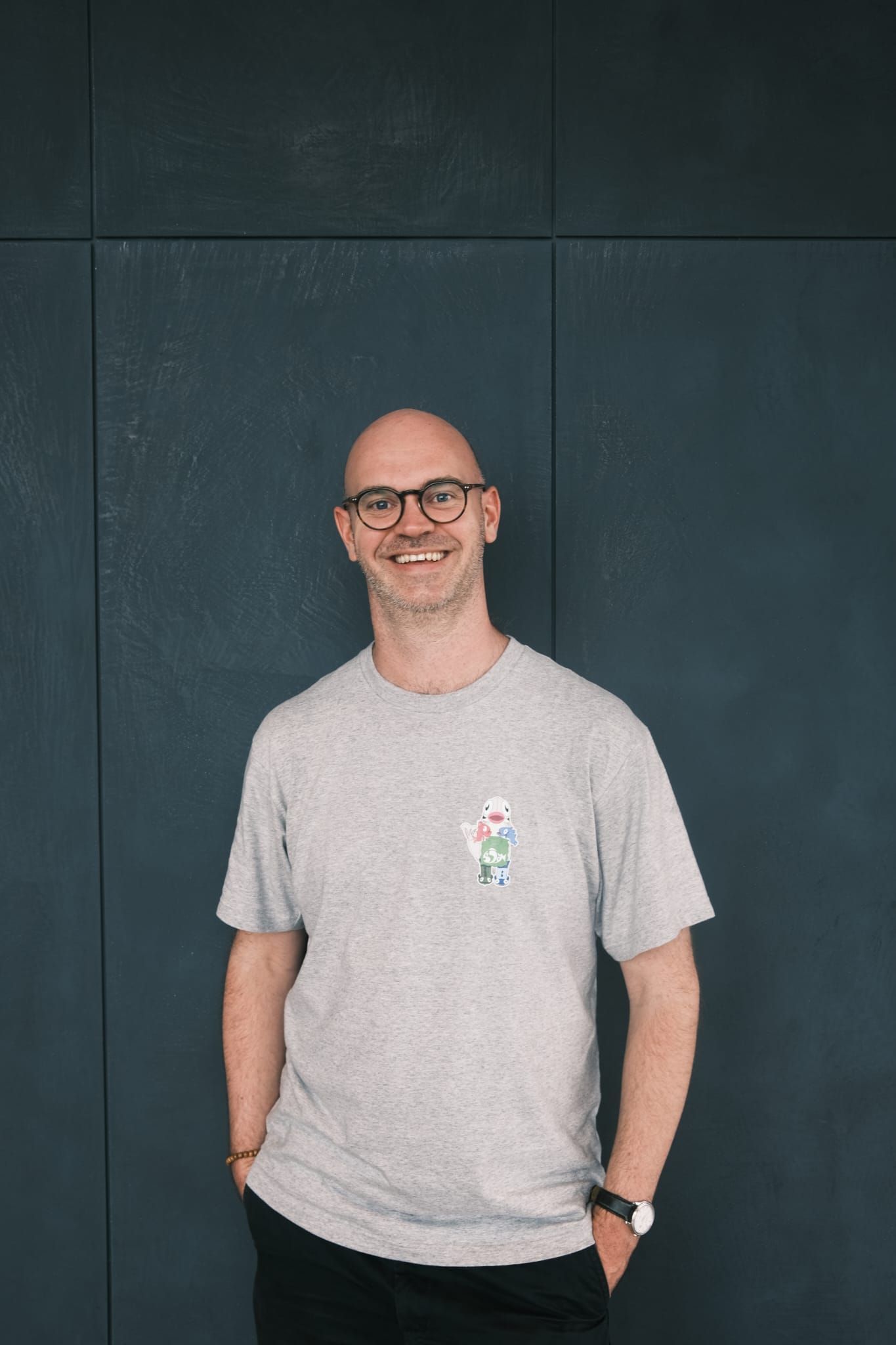
As our lightning-fast press trip came to an end in what felt like a blink of the eye, I felt astonished by what I had experienced on this trip of a life time. Yes, before you visit Japan for the first time, there are some silly preconceptions that you might believe in. Yet any preconception will be dispelled when you visit the island. Nothing can prepare you for the high level of respect and kindness you will receive from the Japanese people. On multiple occasions I had dropped something on the floor by accident and a stranger would tap me on the shoulder and hand it back. Every person we encountered in Osaka, Kinosaki Onsen, Kyoto and Tokyo seemed respectful and considerate. I have never seen such a sense of communal warmness on this scale before. As a whole, Japan is a country that manages to honour its rich history by keeping-up customary traditions whilst also maintaining a firm eye on the future. If you’ve ever had even the faintest inkling that you would like to visit Japan then I implore you to go. There’s no place quite like it.
Words & original photography Cameron Poole
Keep up to date with Finnair by clicking here & InsideJapan by clicking here.
About Finnair:
Finnair flies from Helsinki to Tokyo-Haneda daily, to Tokyo-Narita four times per week and to Osaka three times per week.
A return flight from London Heathrow to Tokyo, via Helsinki, starts from £873 in Economy Class, £1,577 in Premium Economy and £3,409 in Business Class. Fares include all taxes and charges.
Click here to visit their website.
About InsideJapan:
A market-leading Japan travel specialist, offering unique group tours, tailored travel and cultural experiences that few get the chance to discover.
Click here to visit their website.

